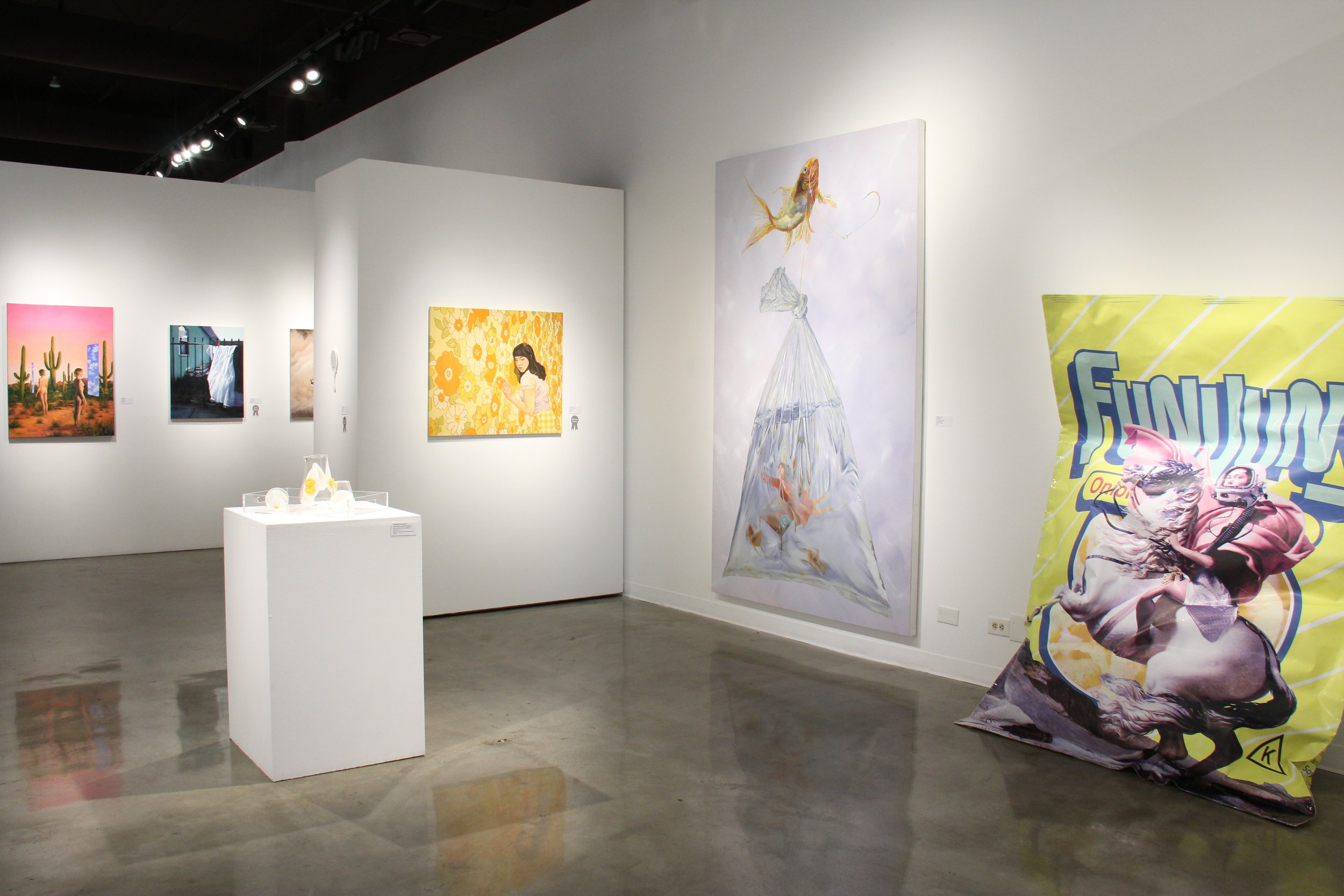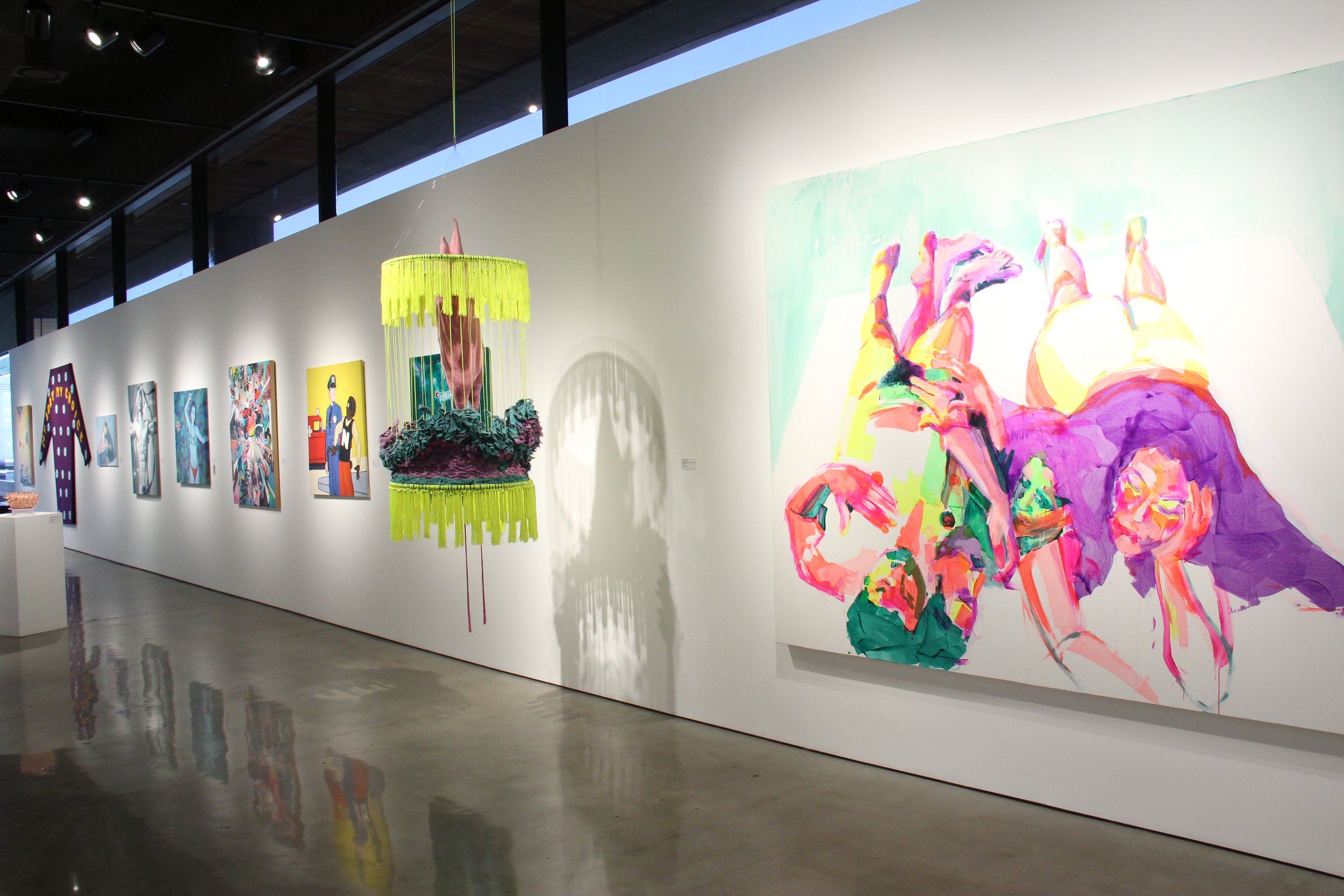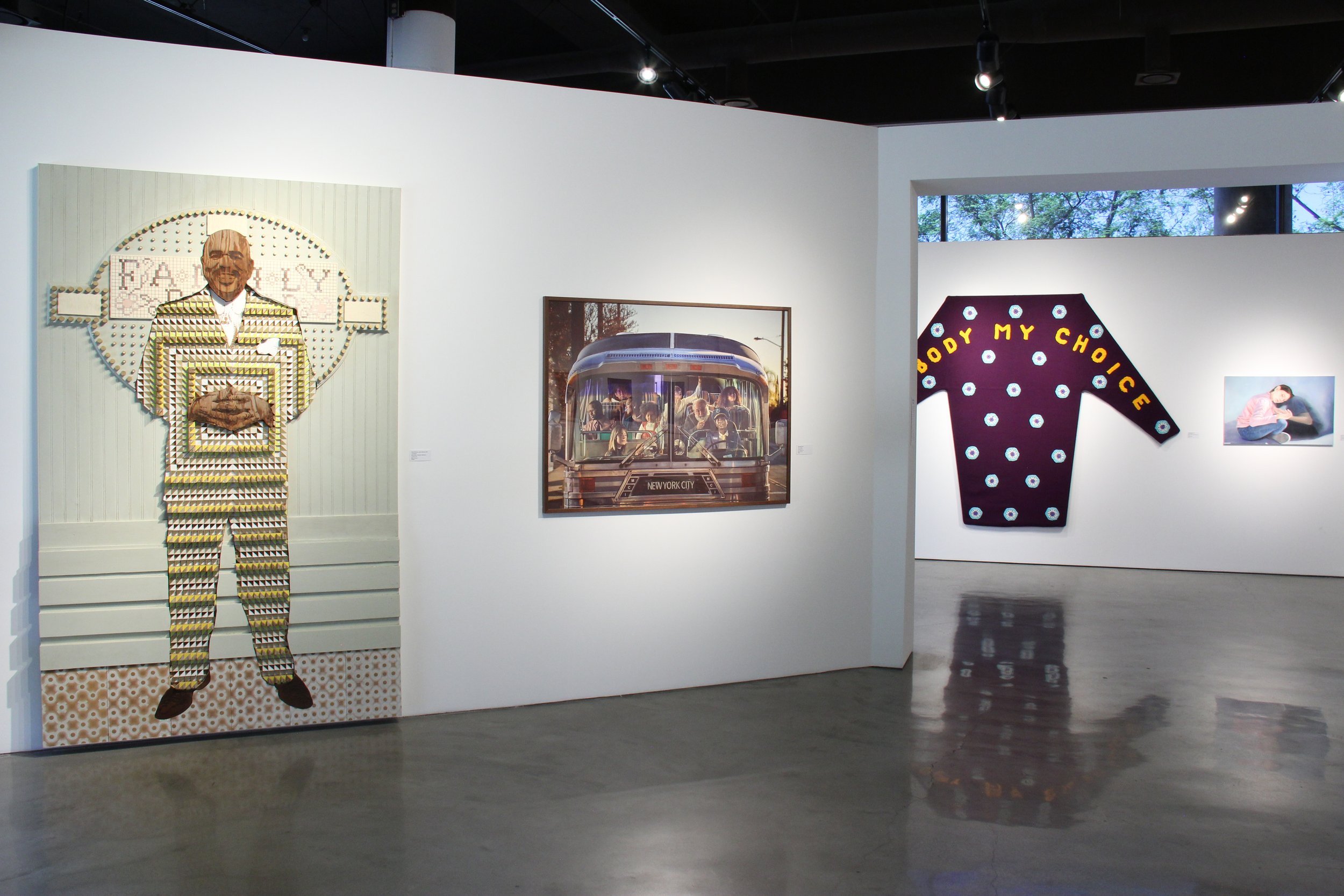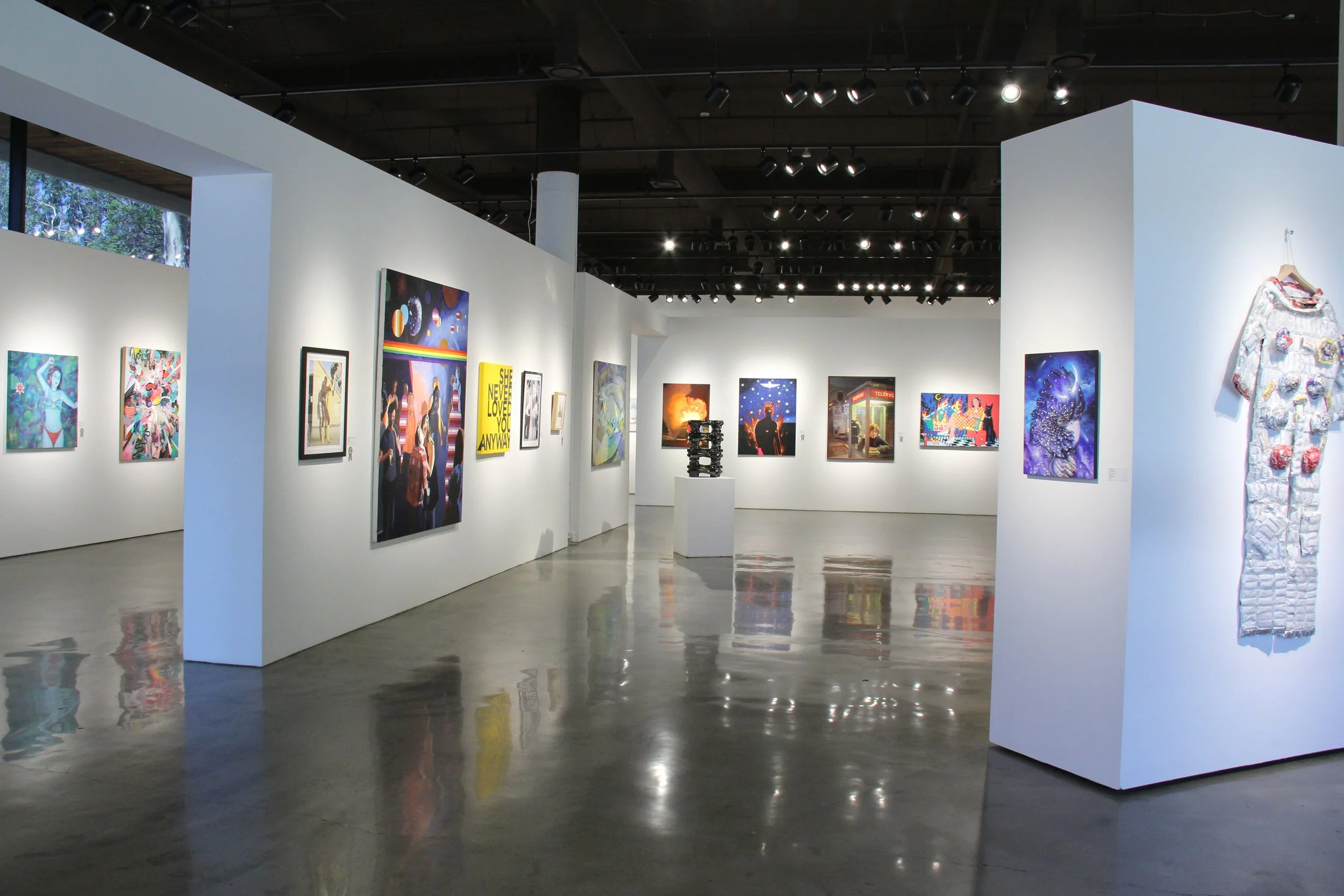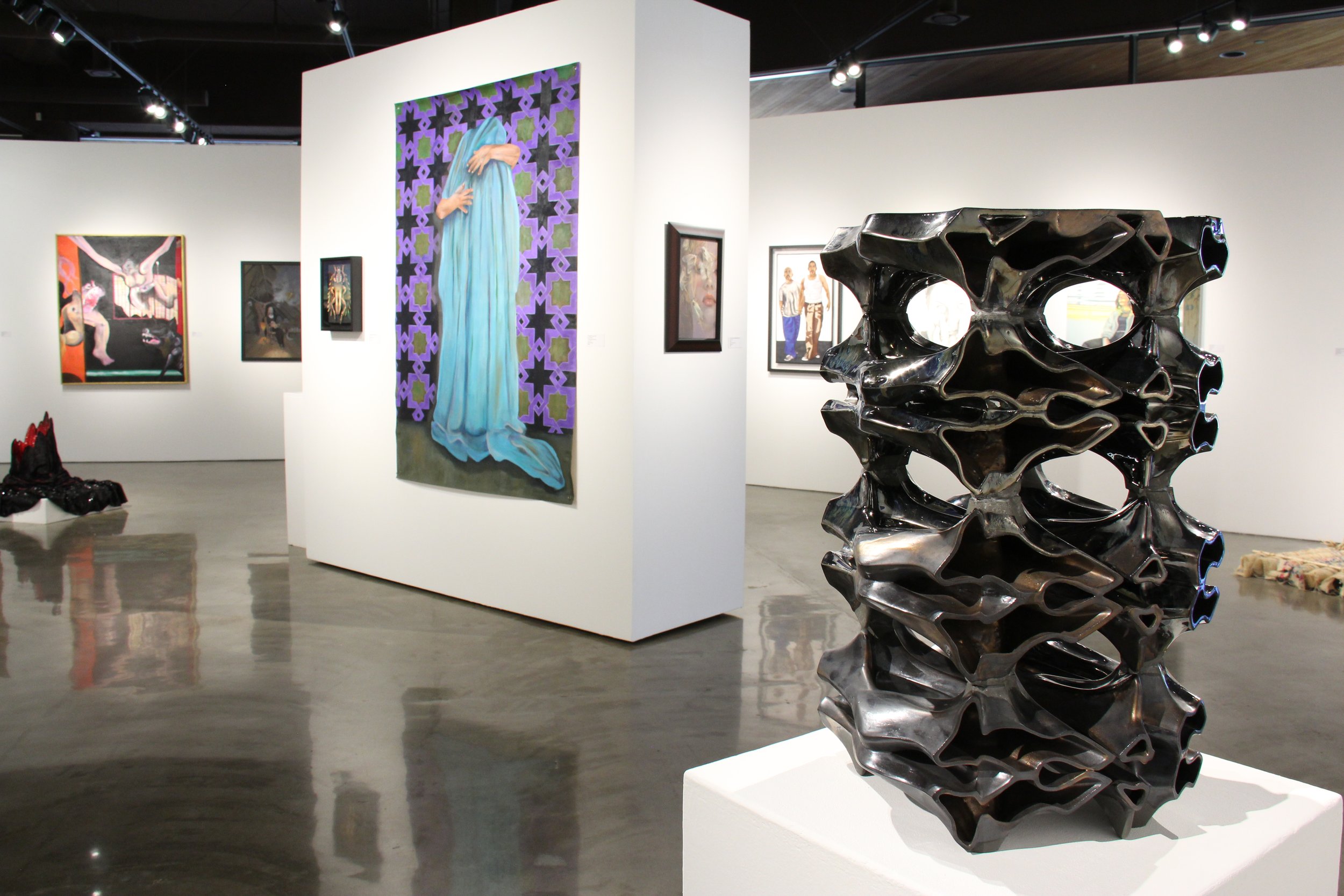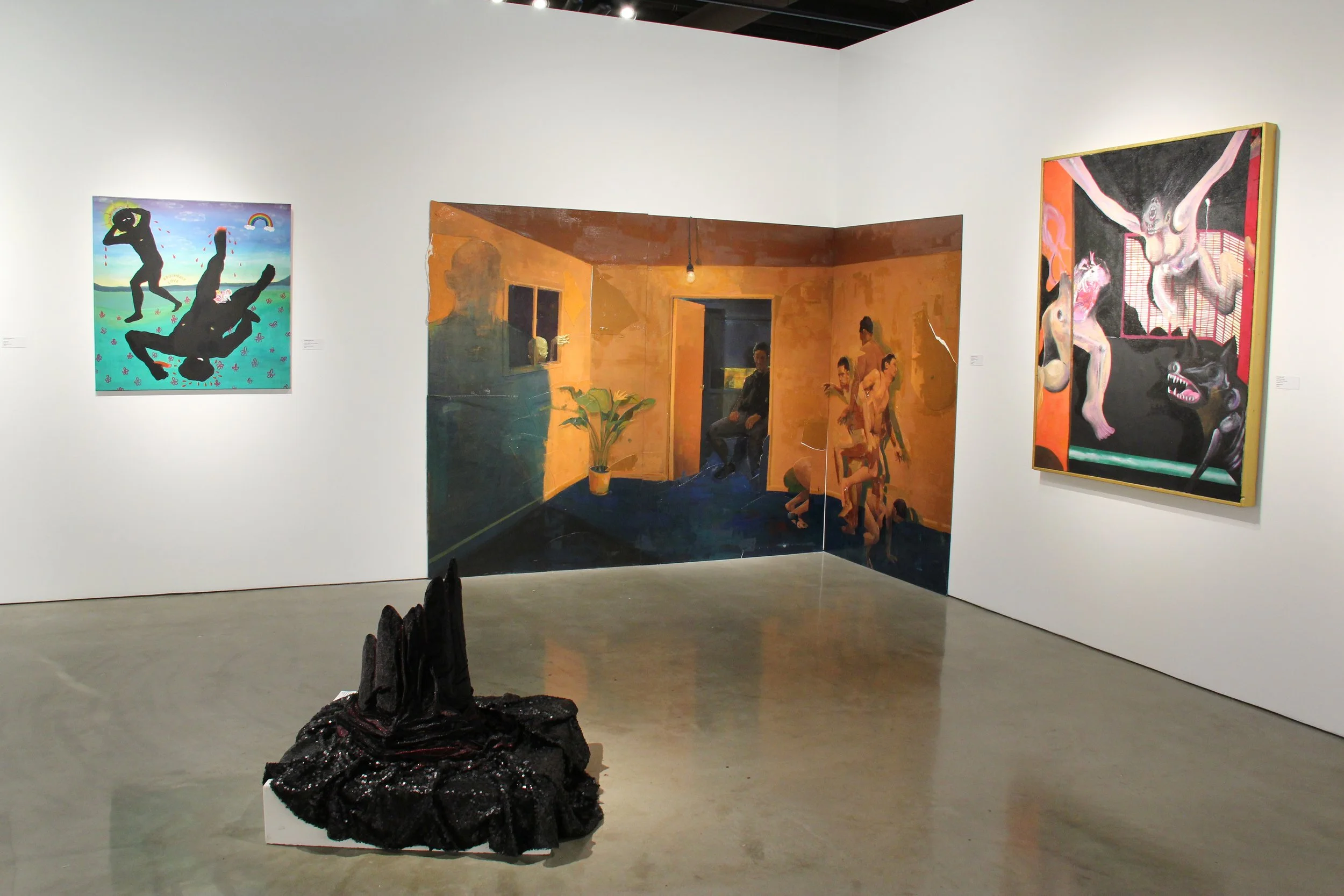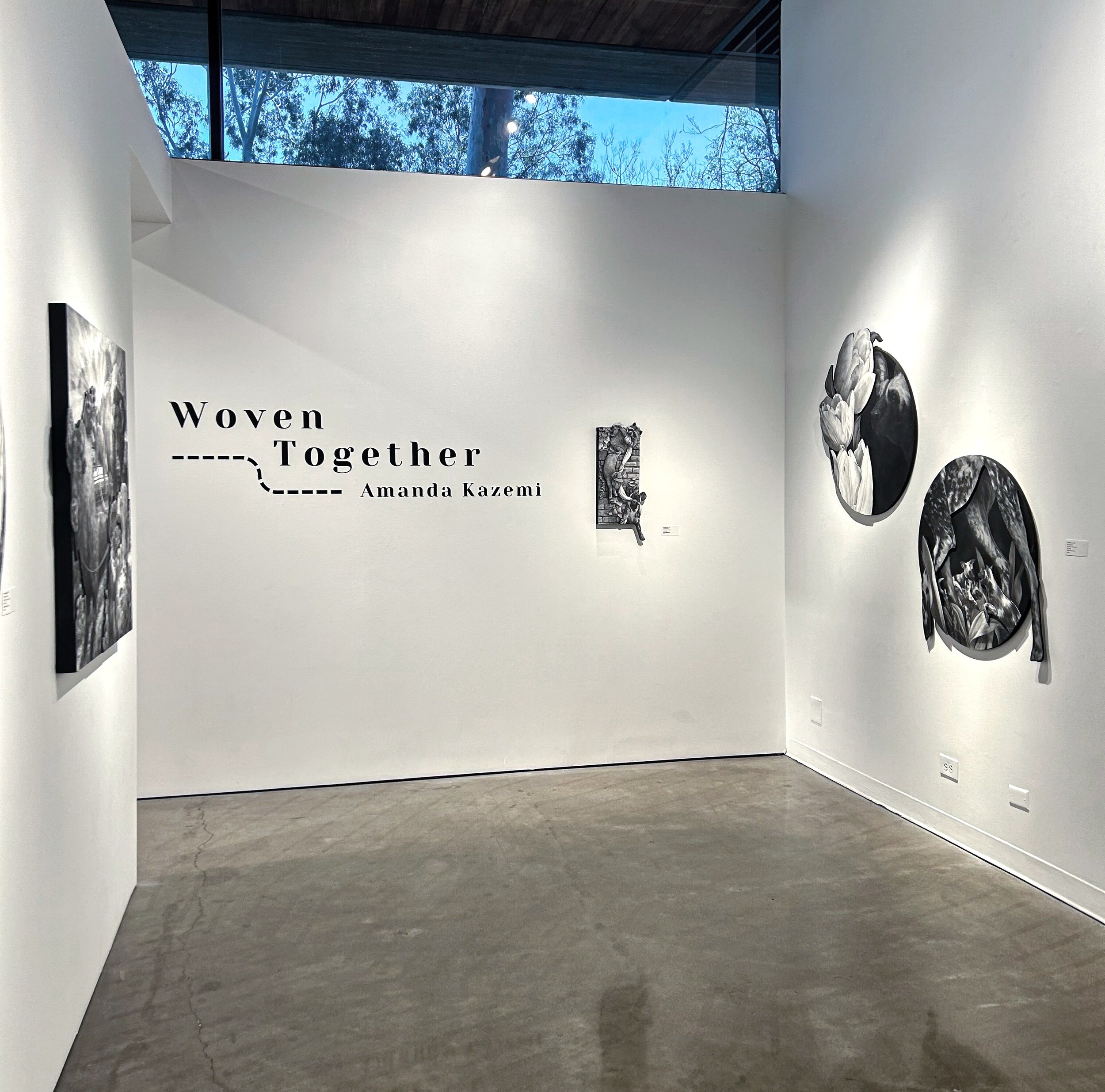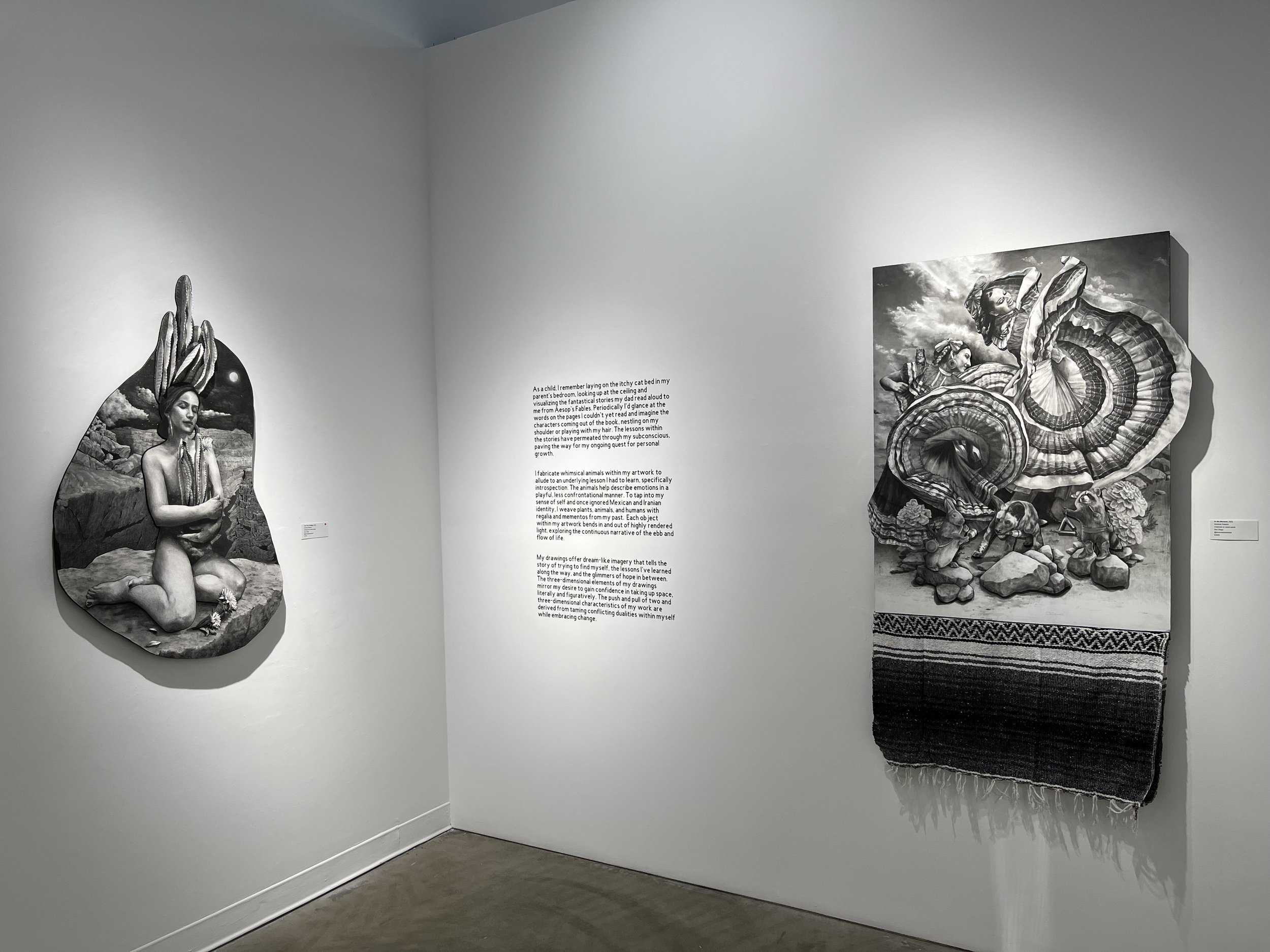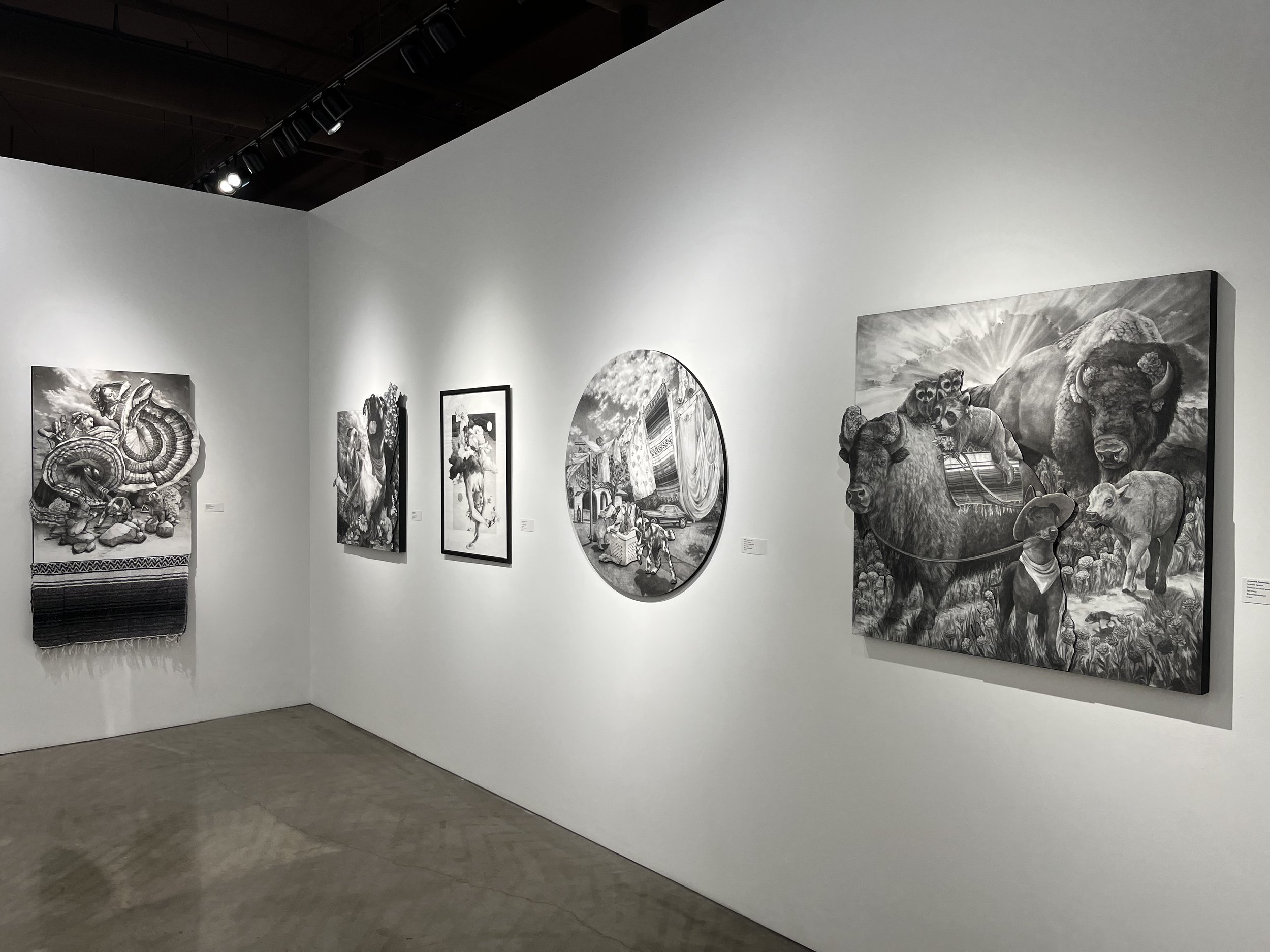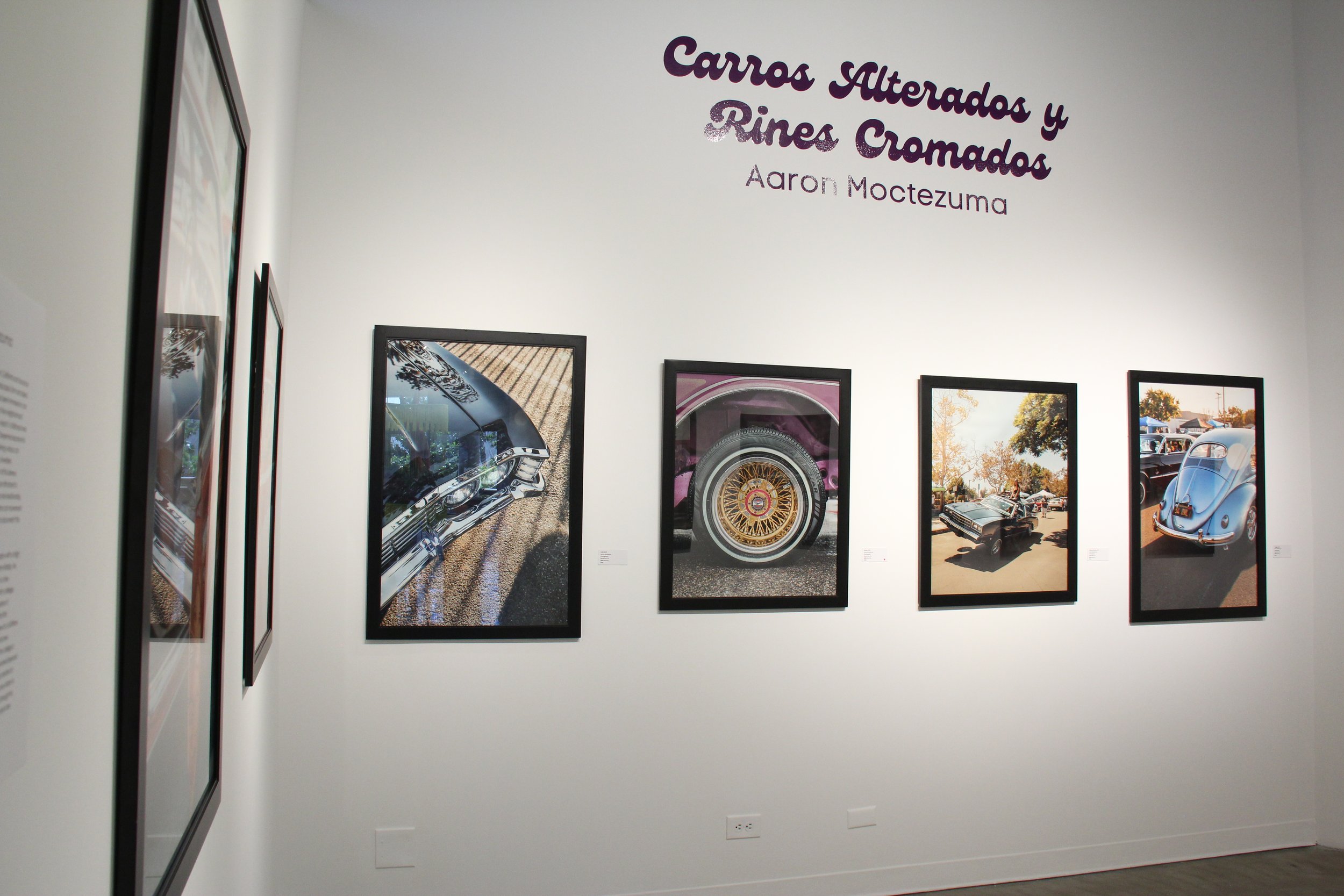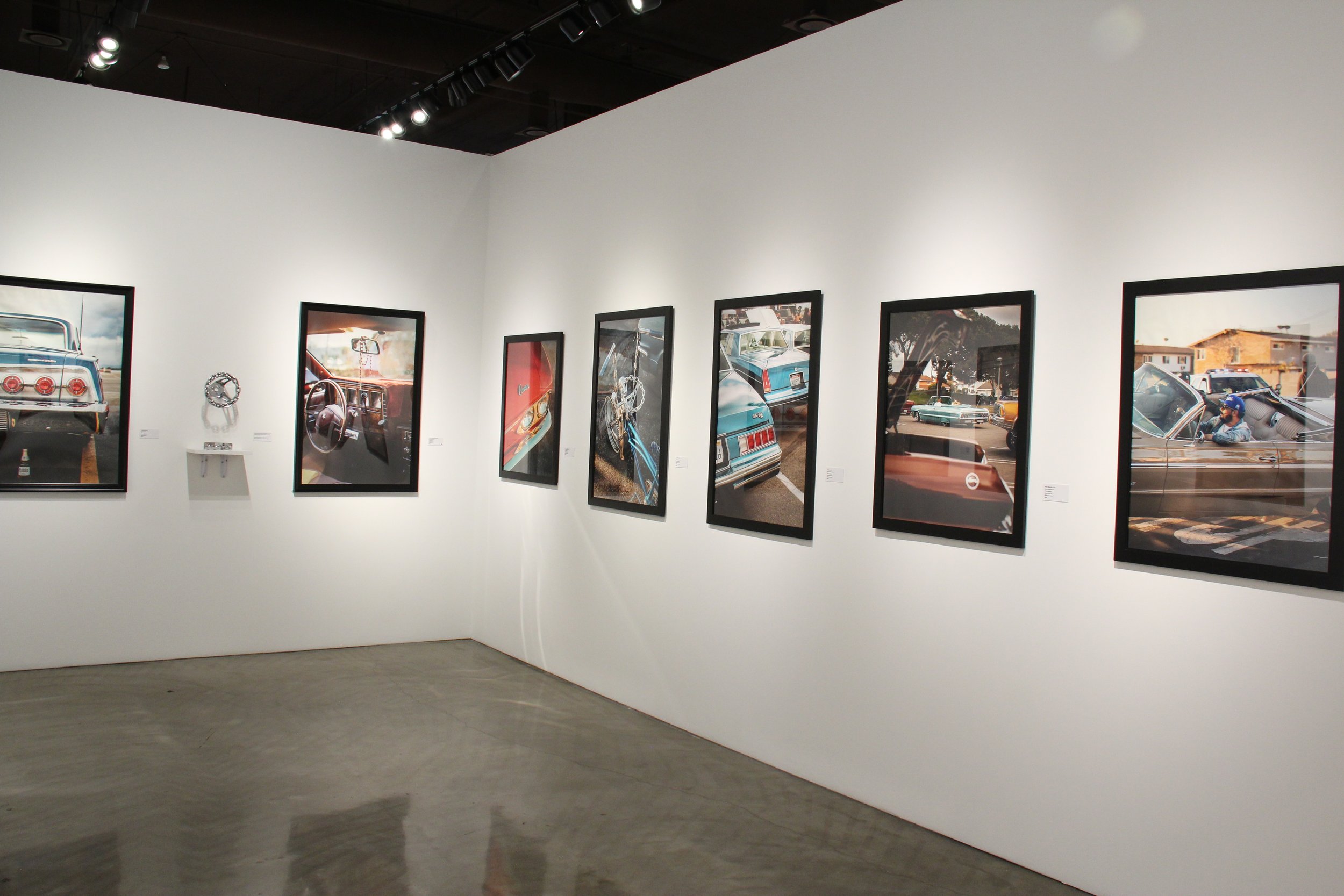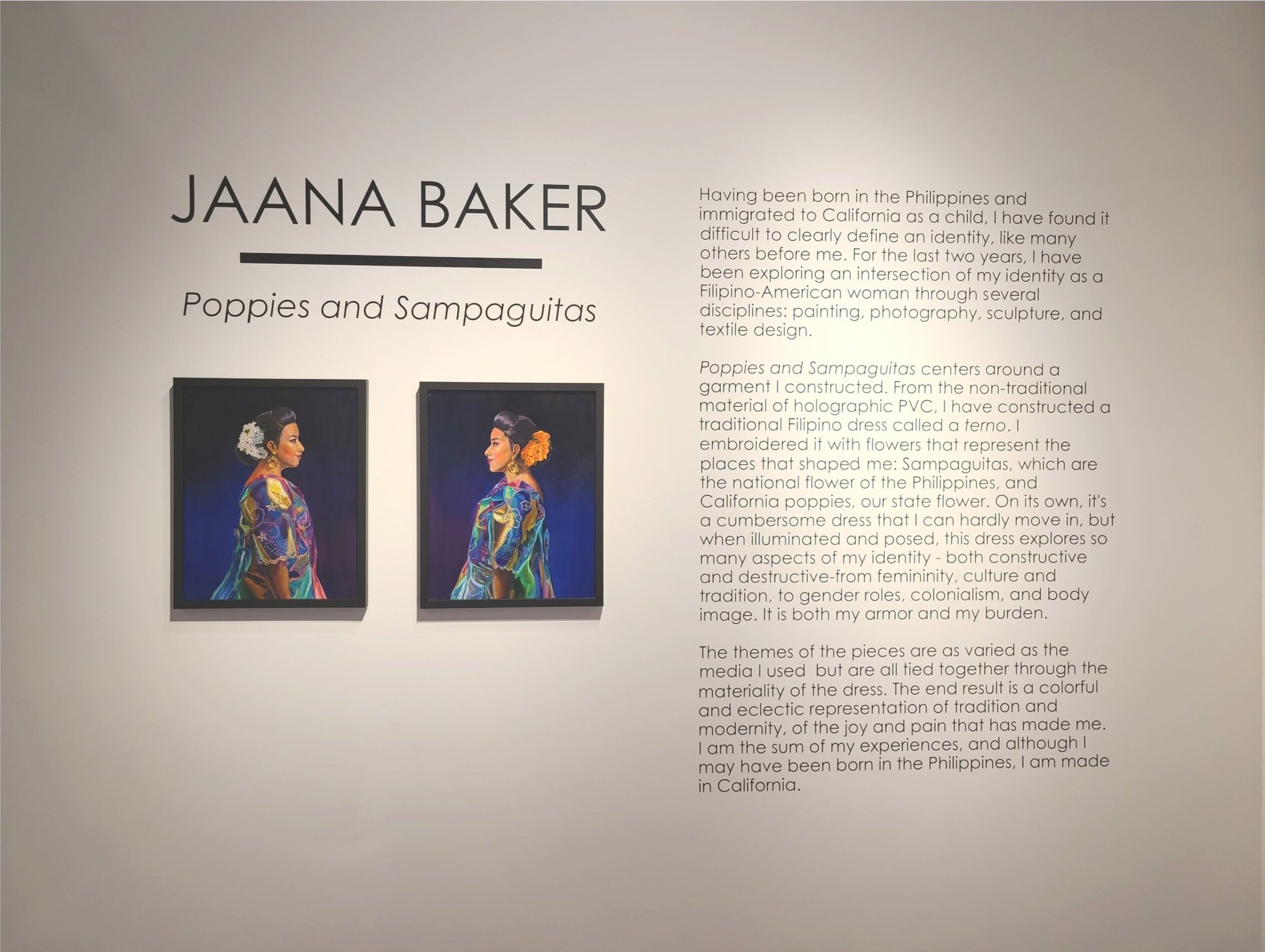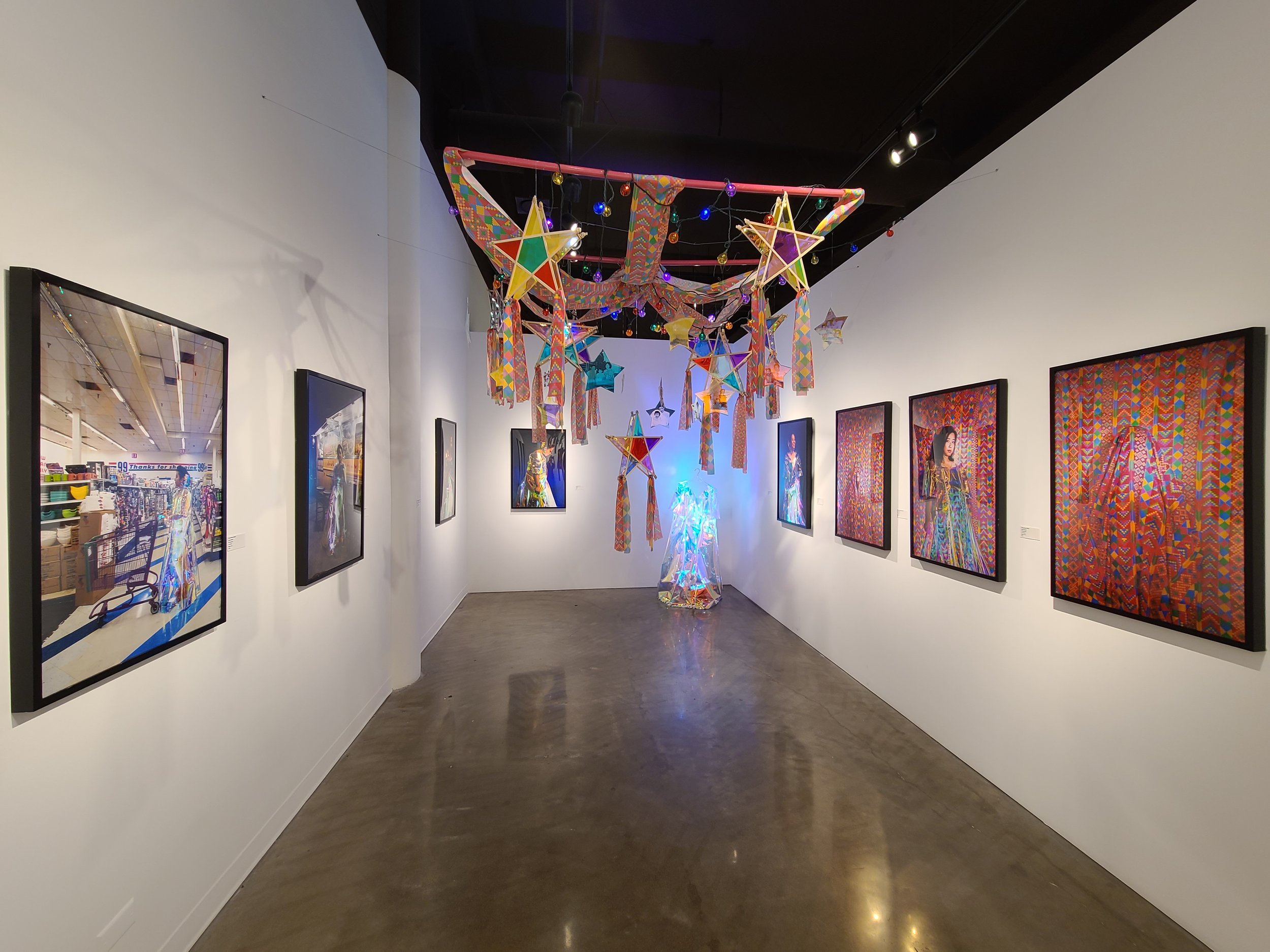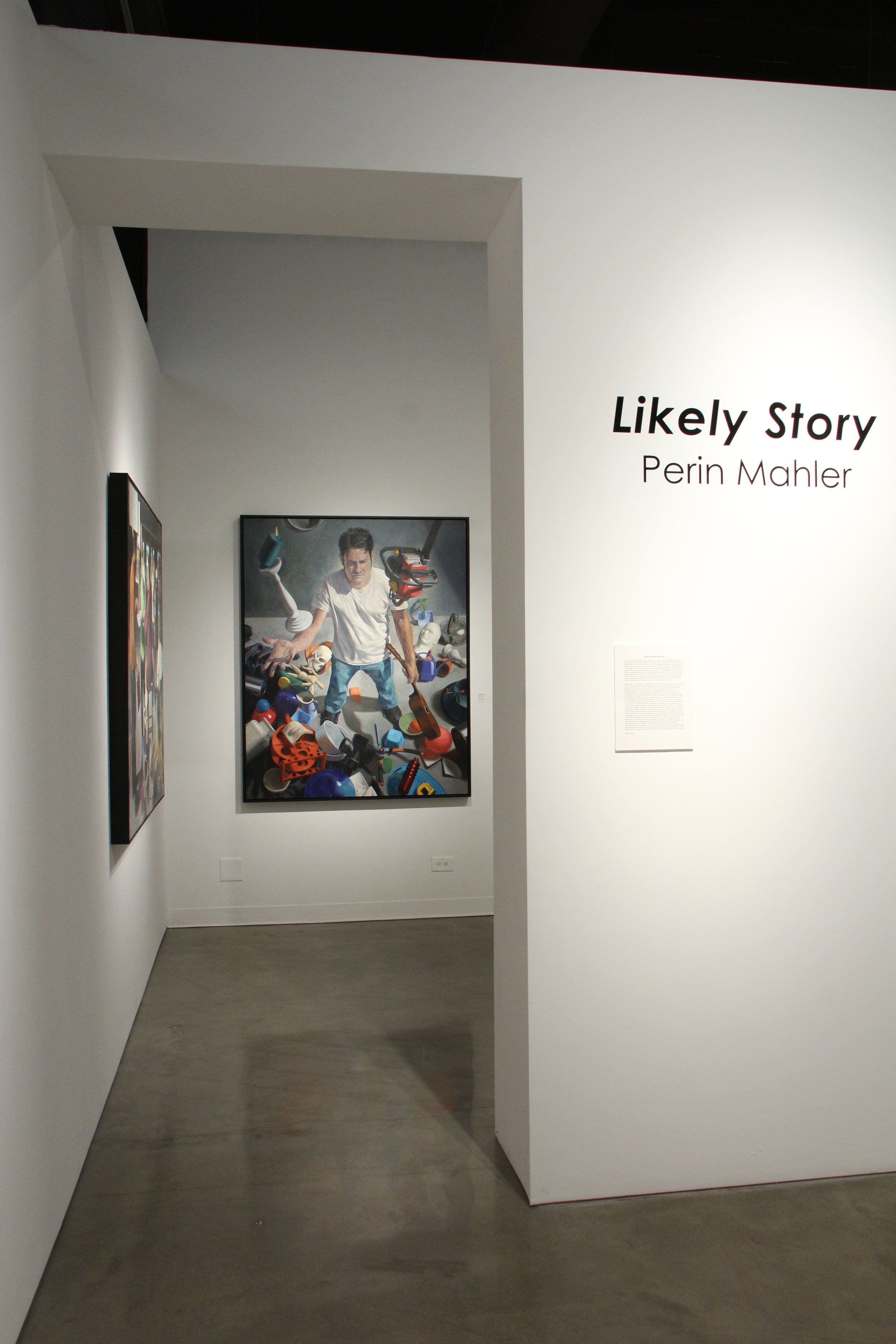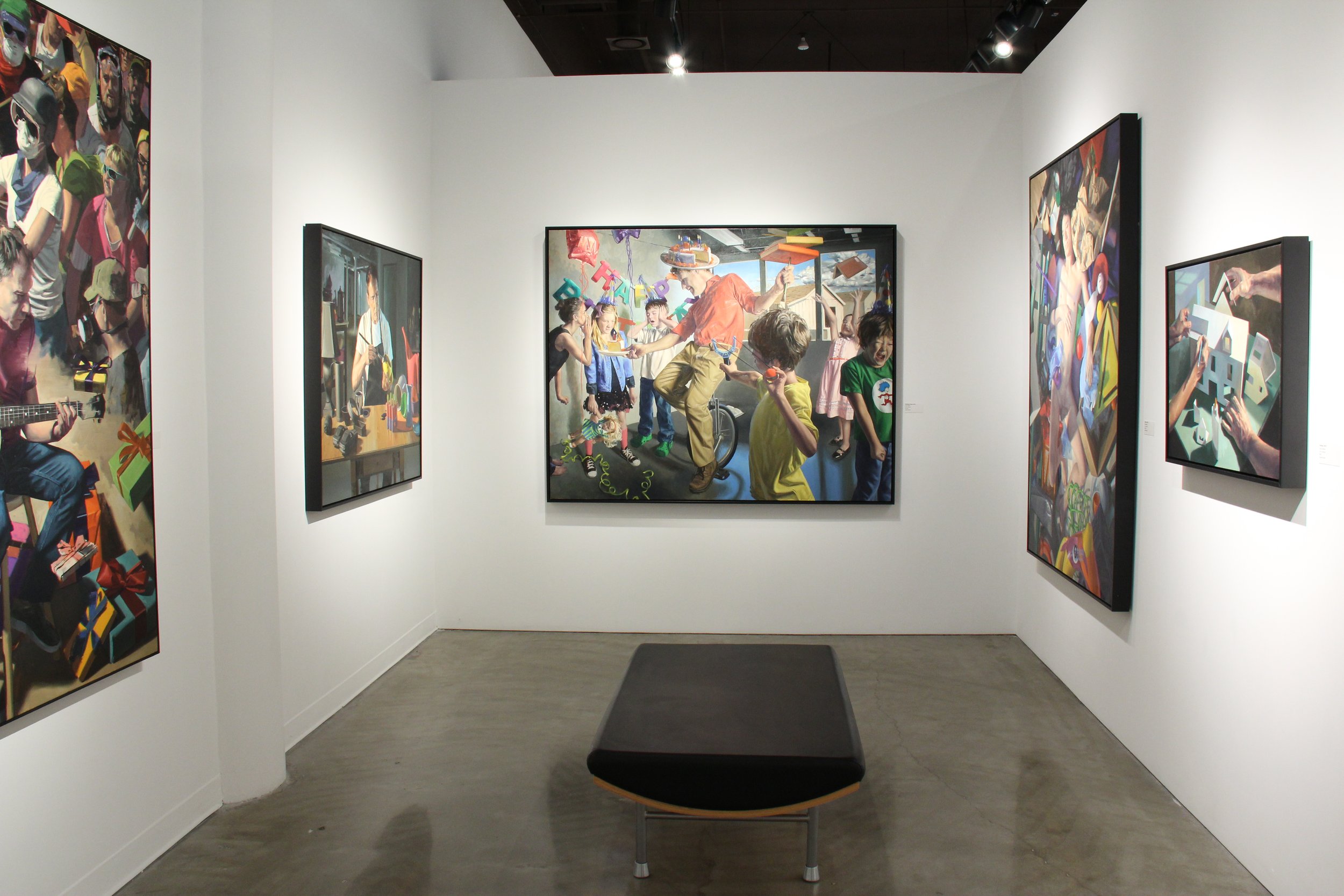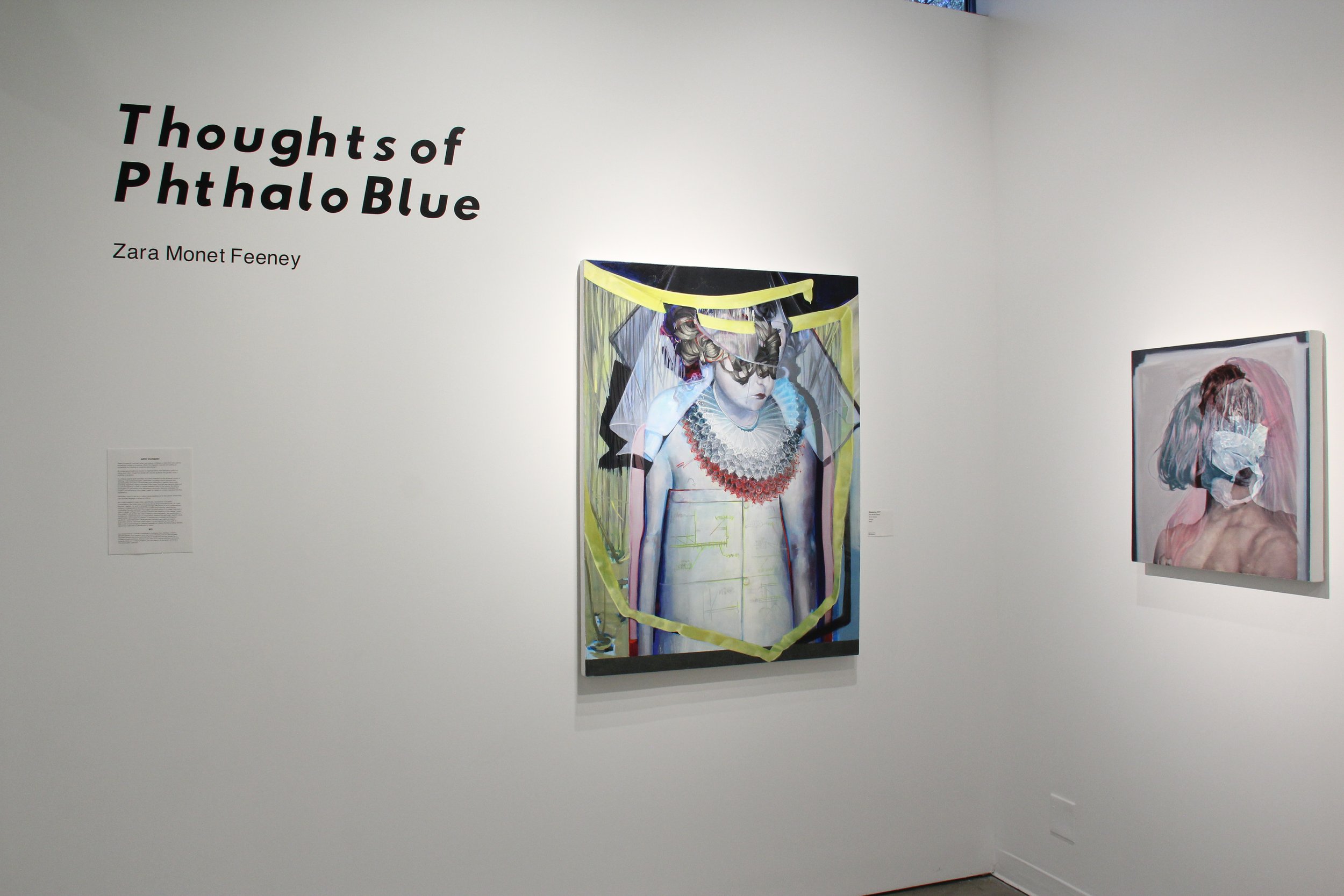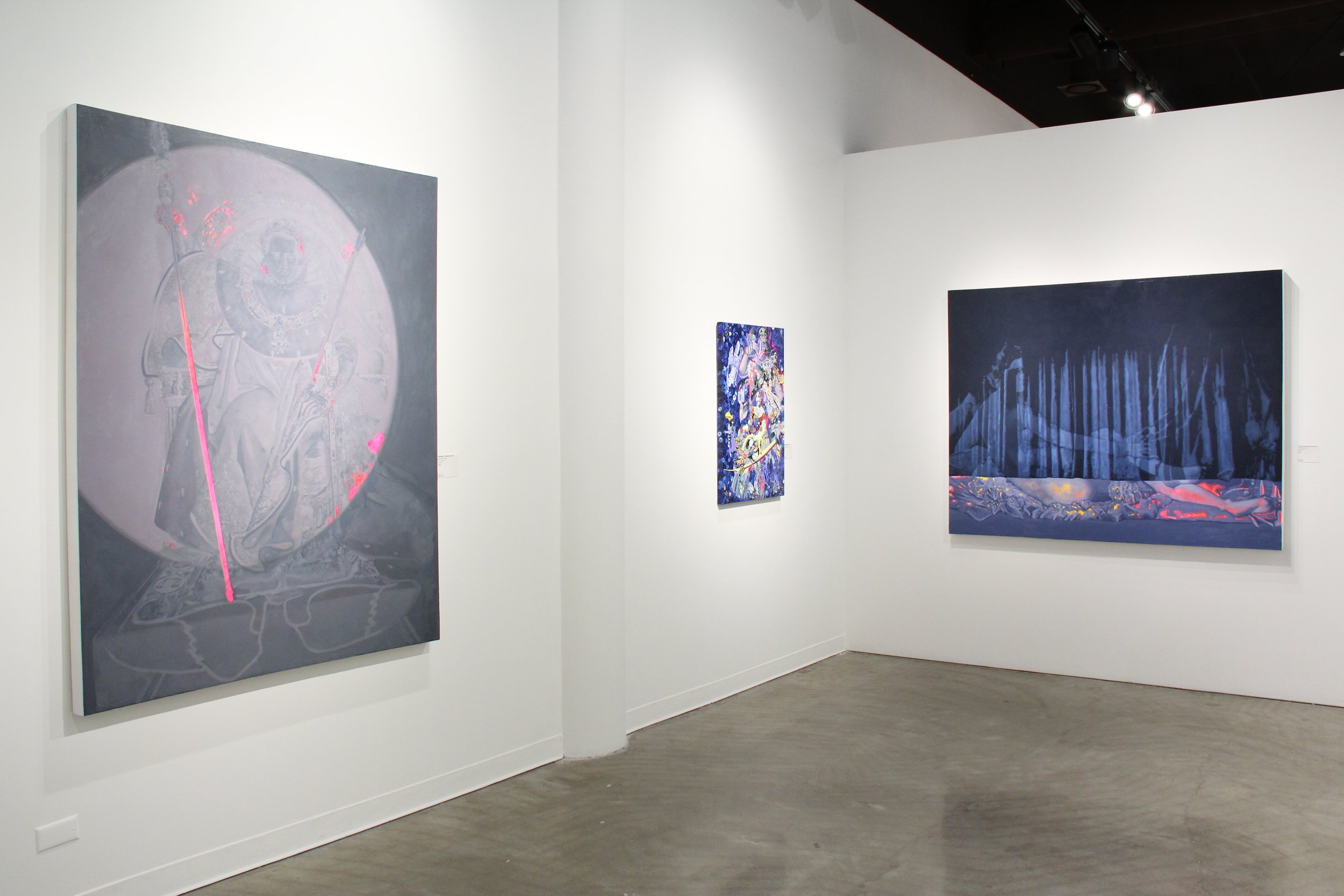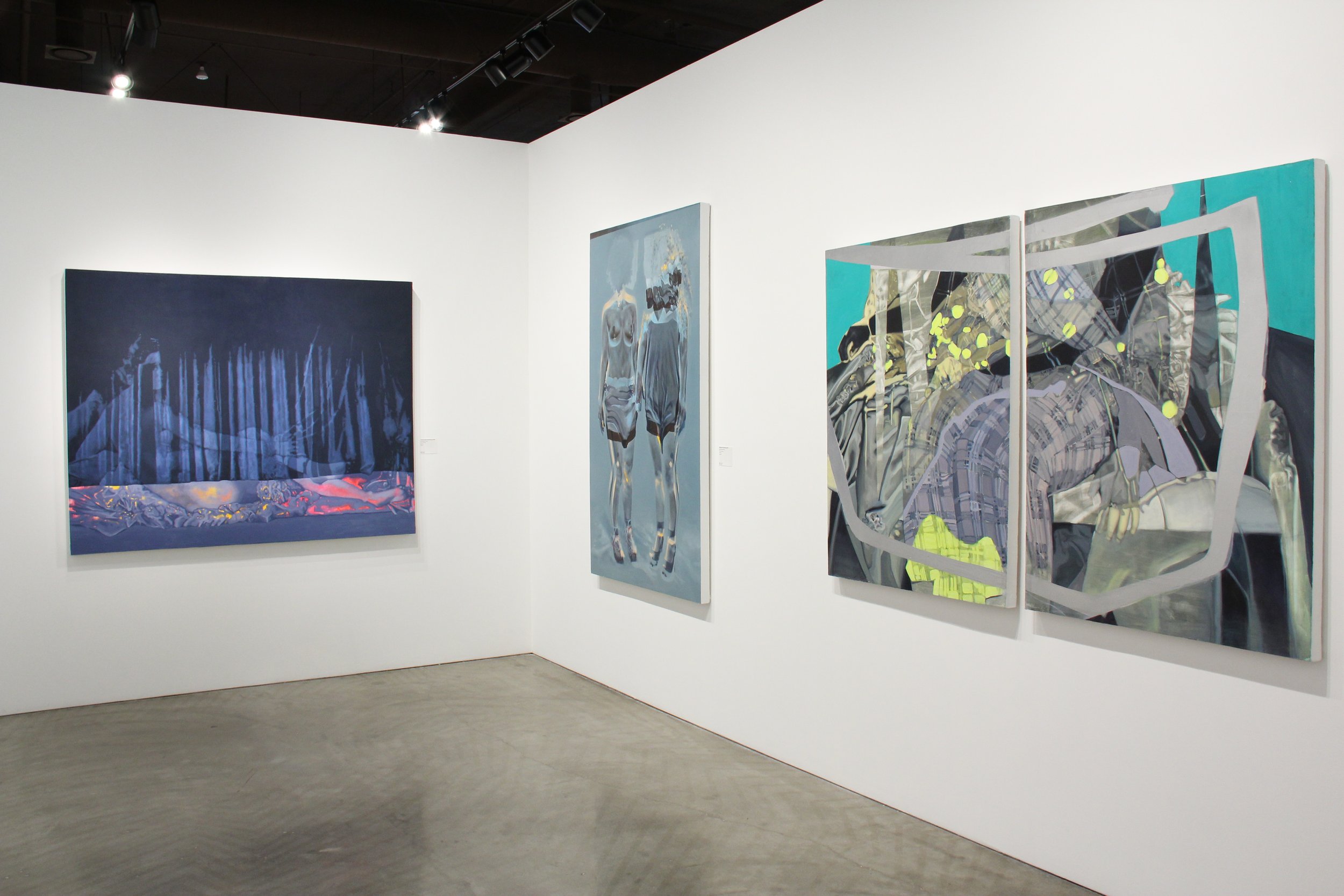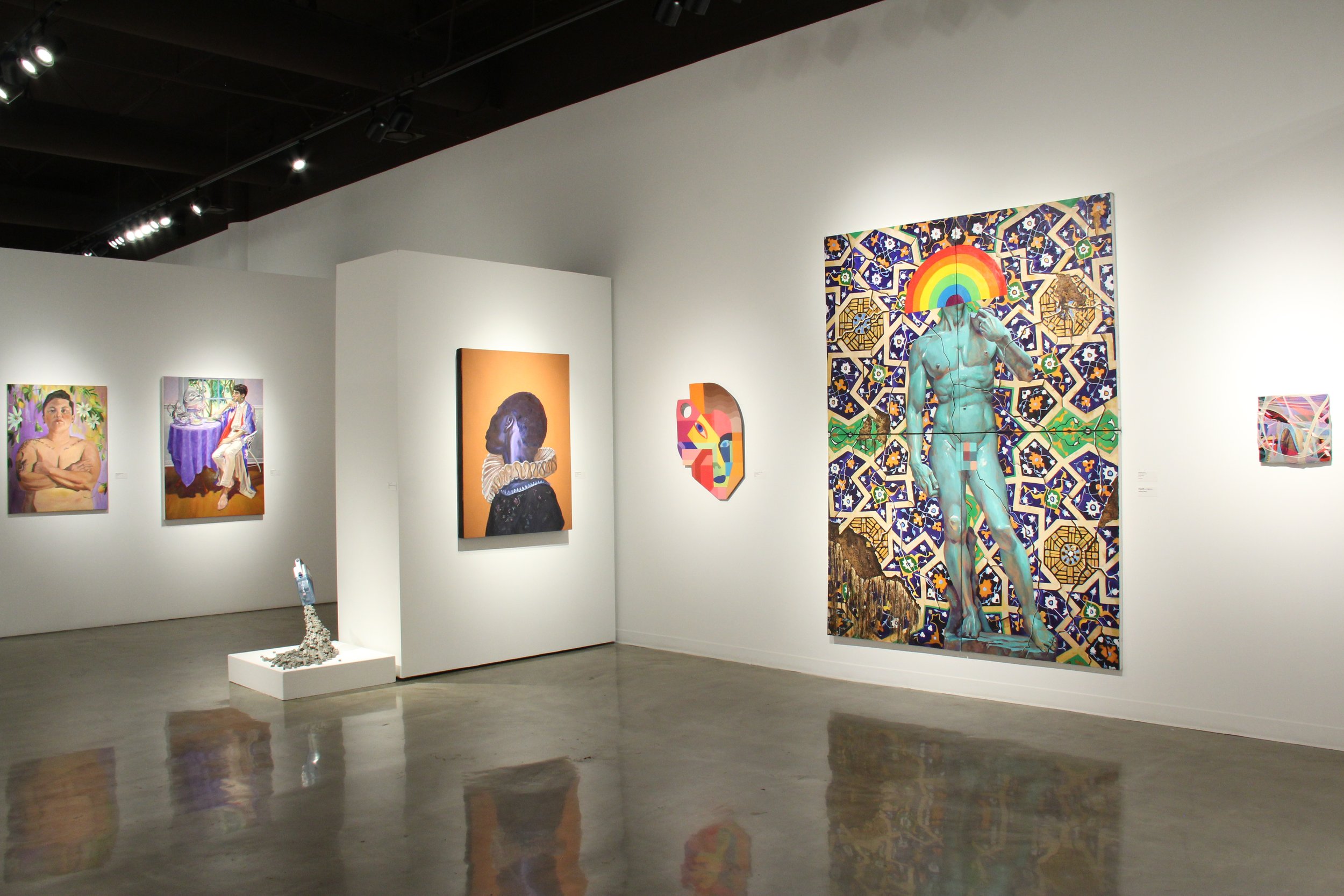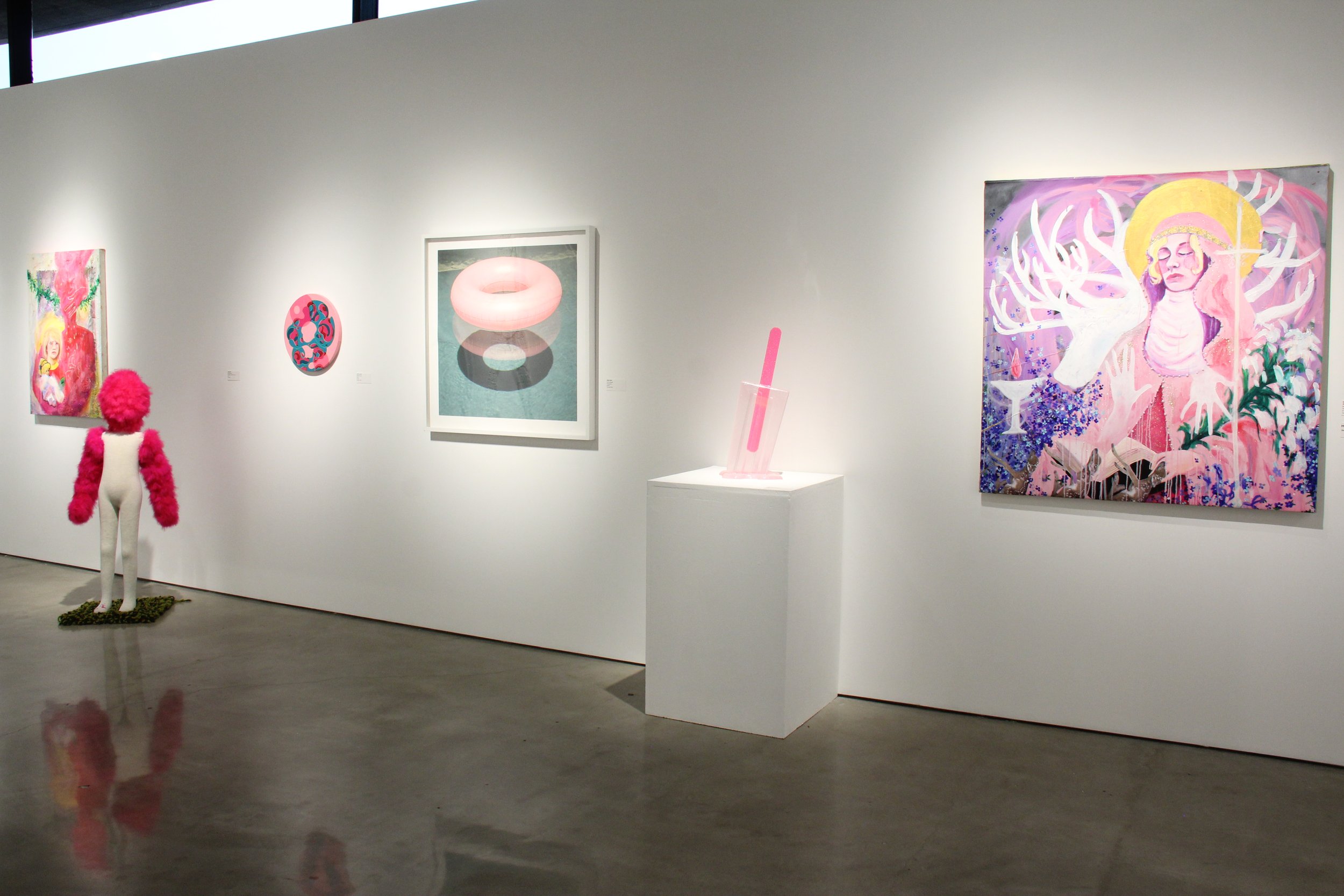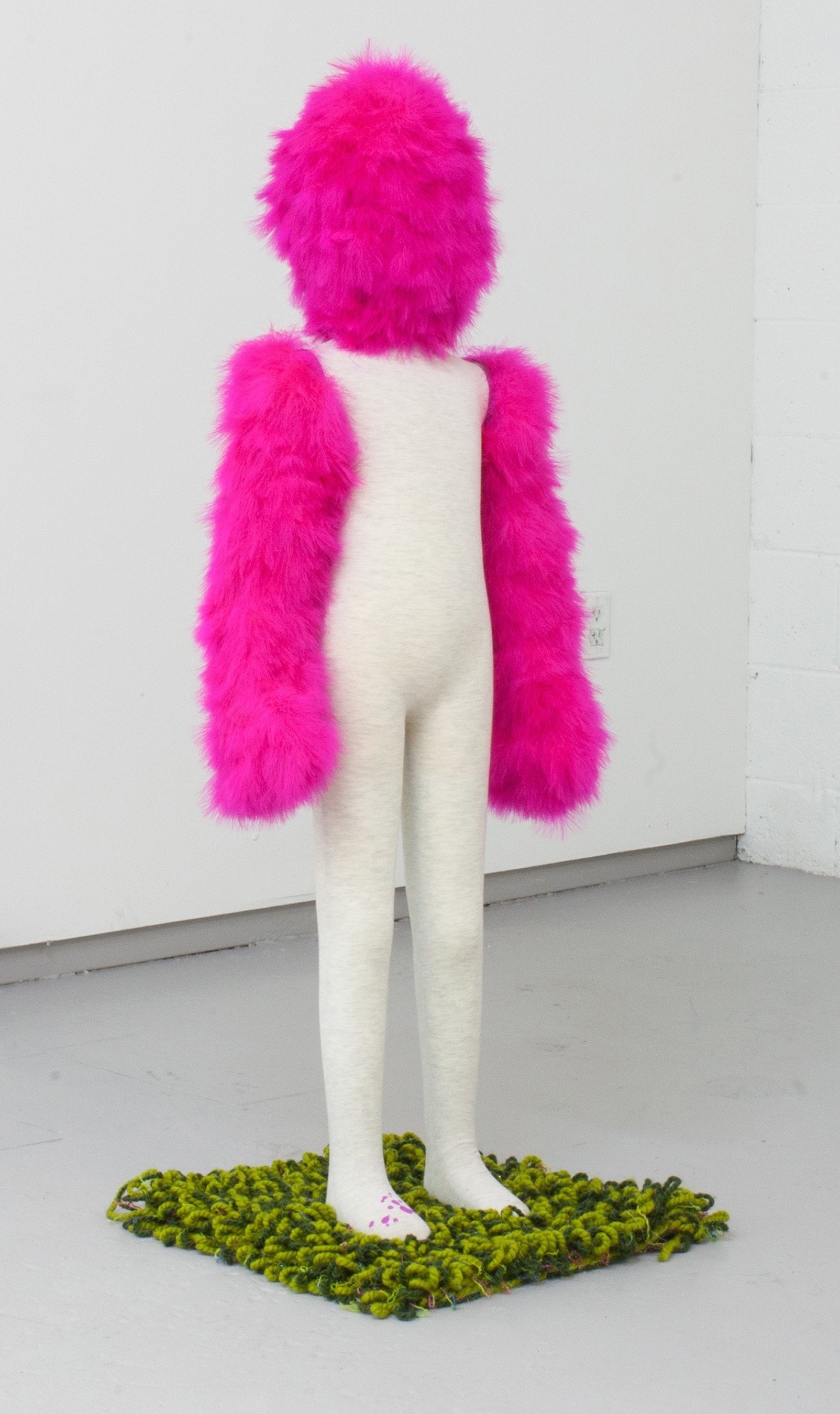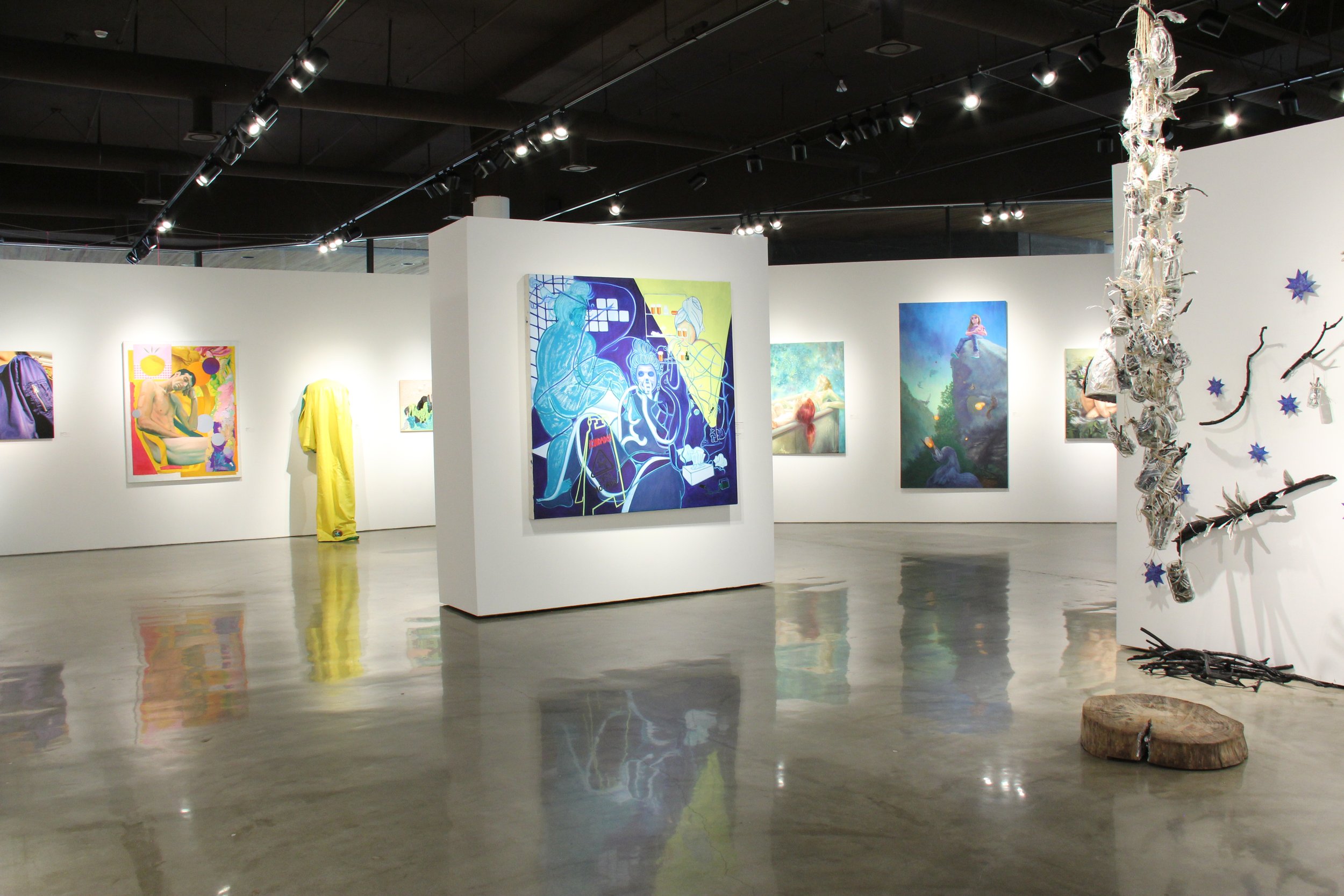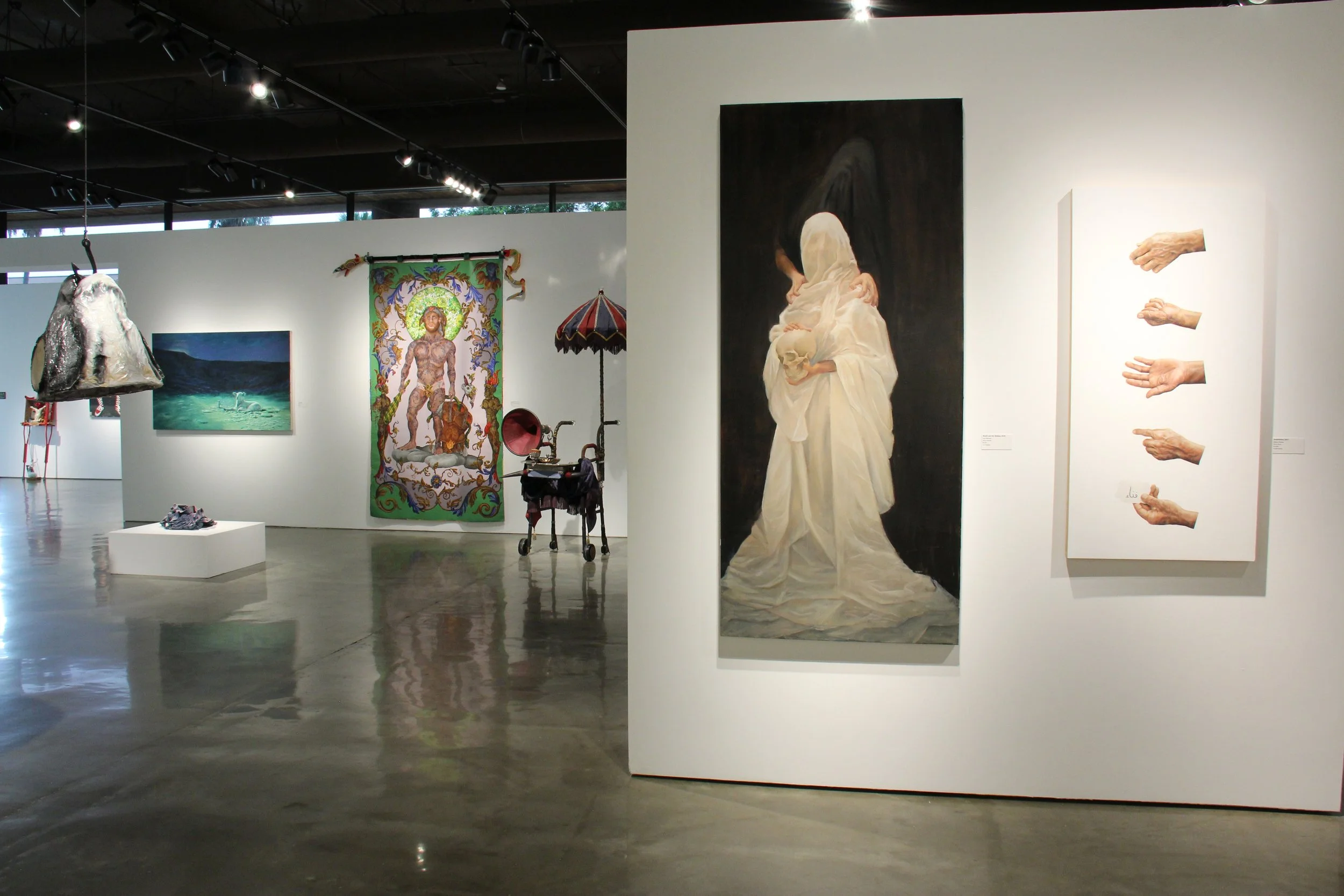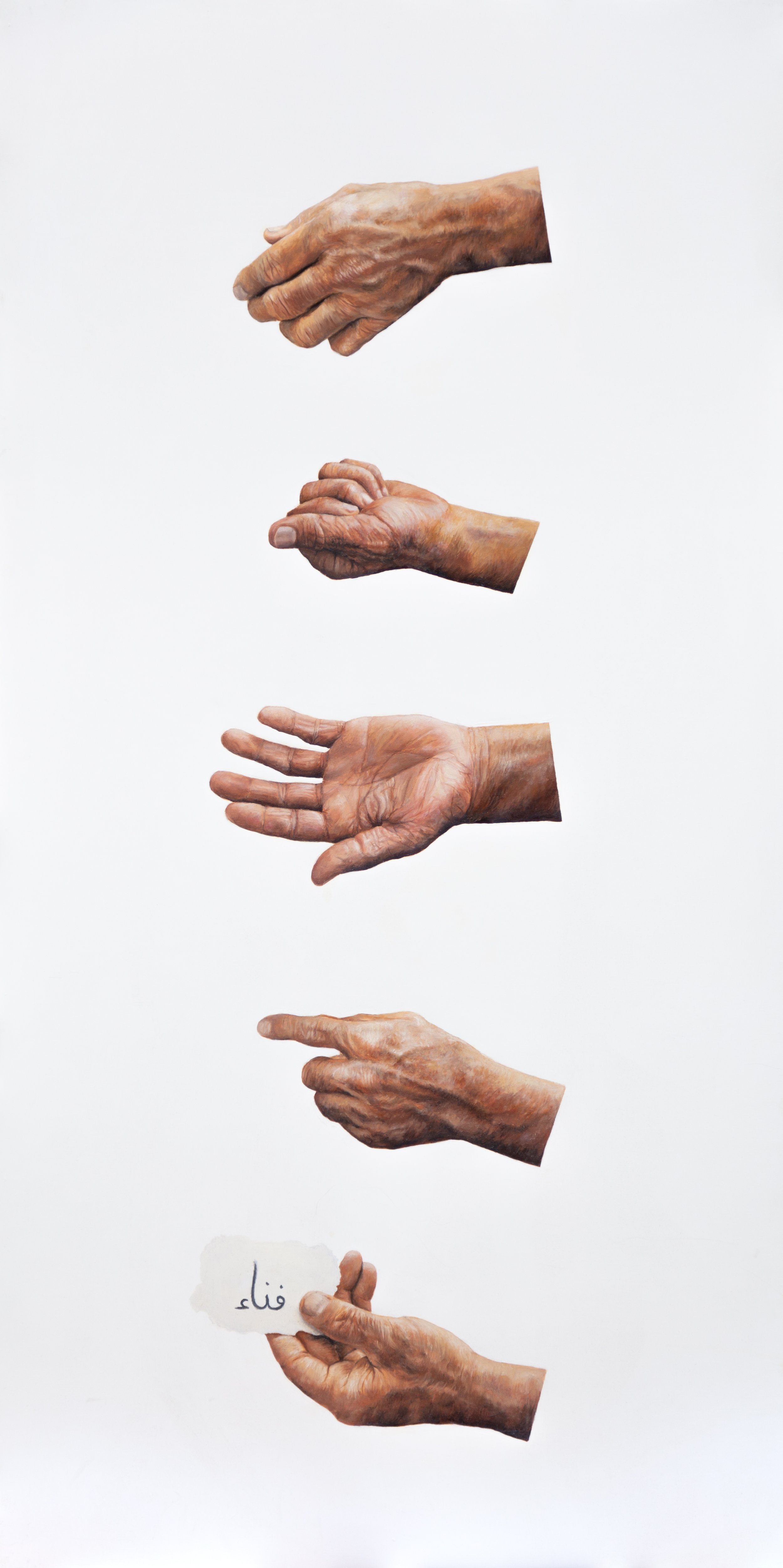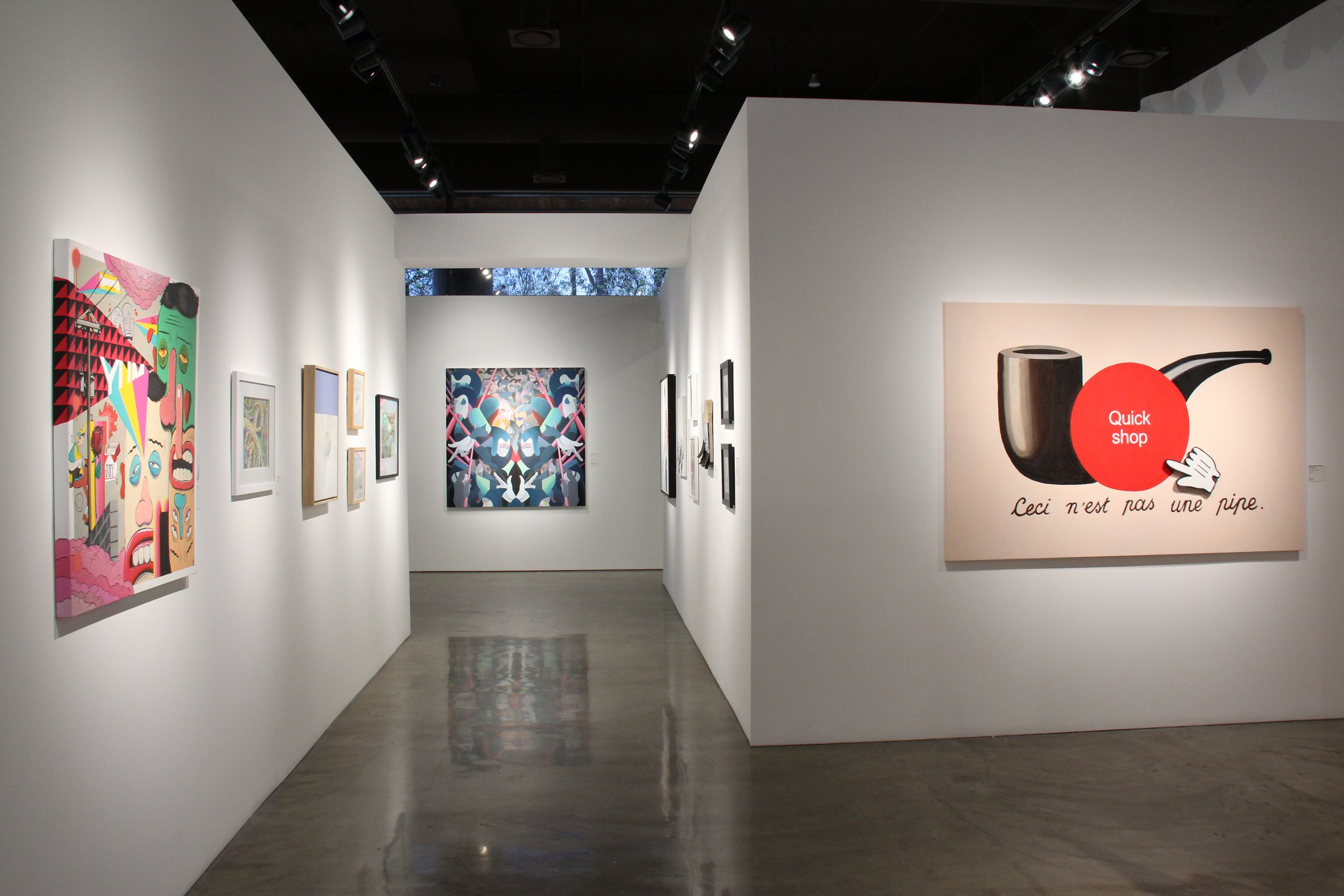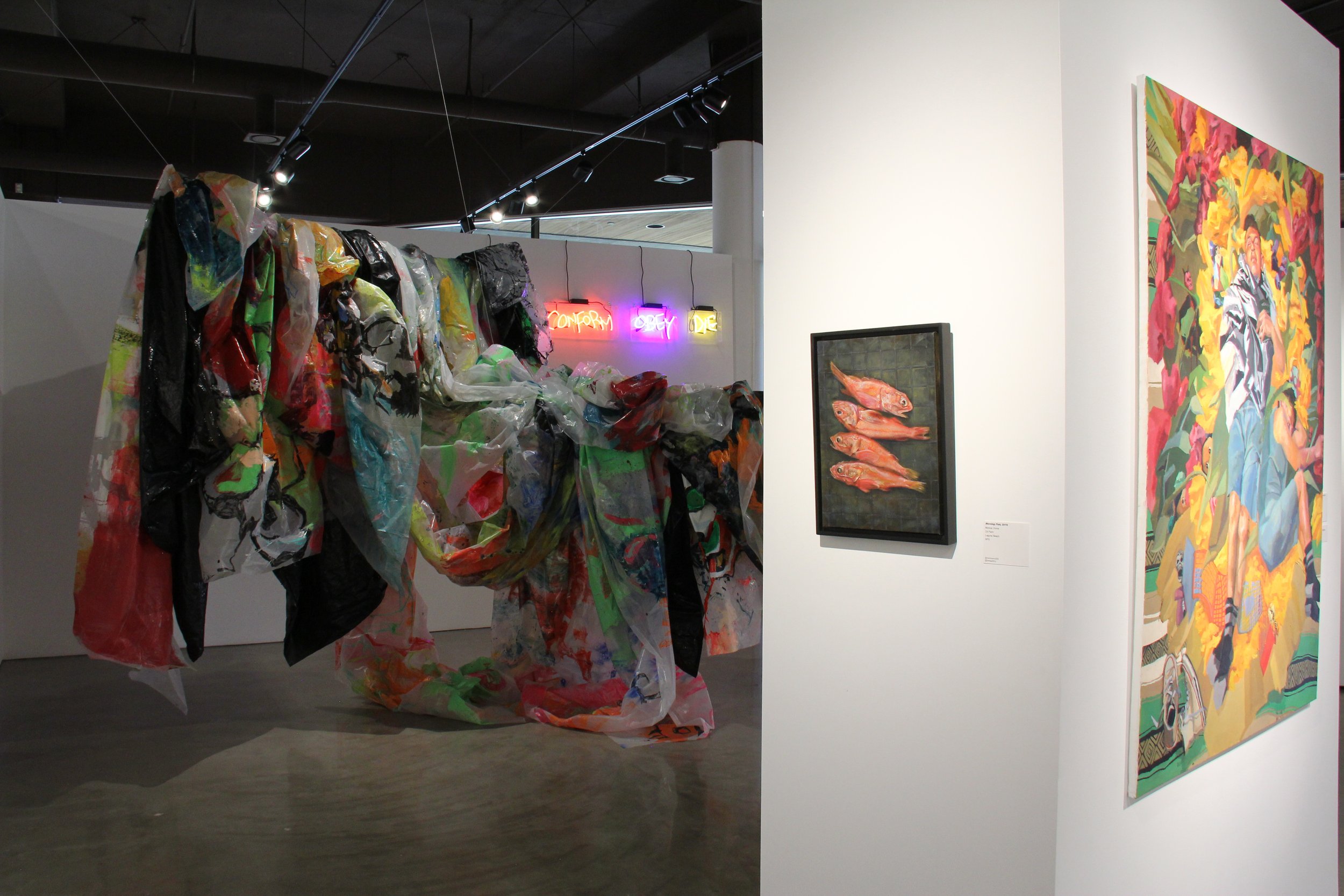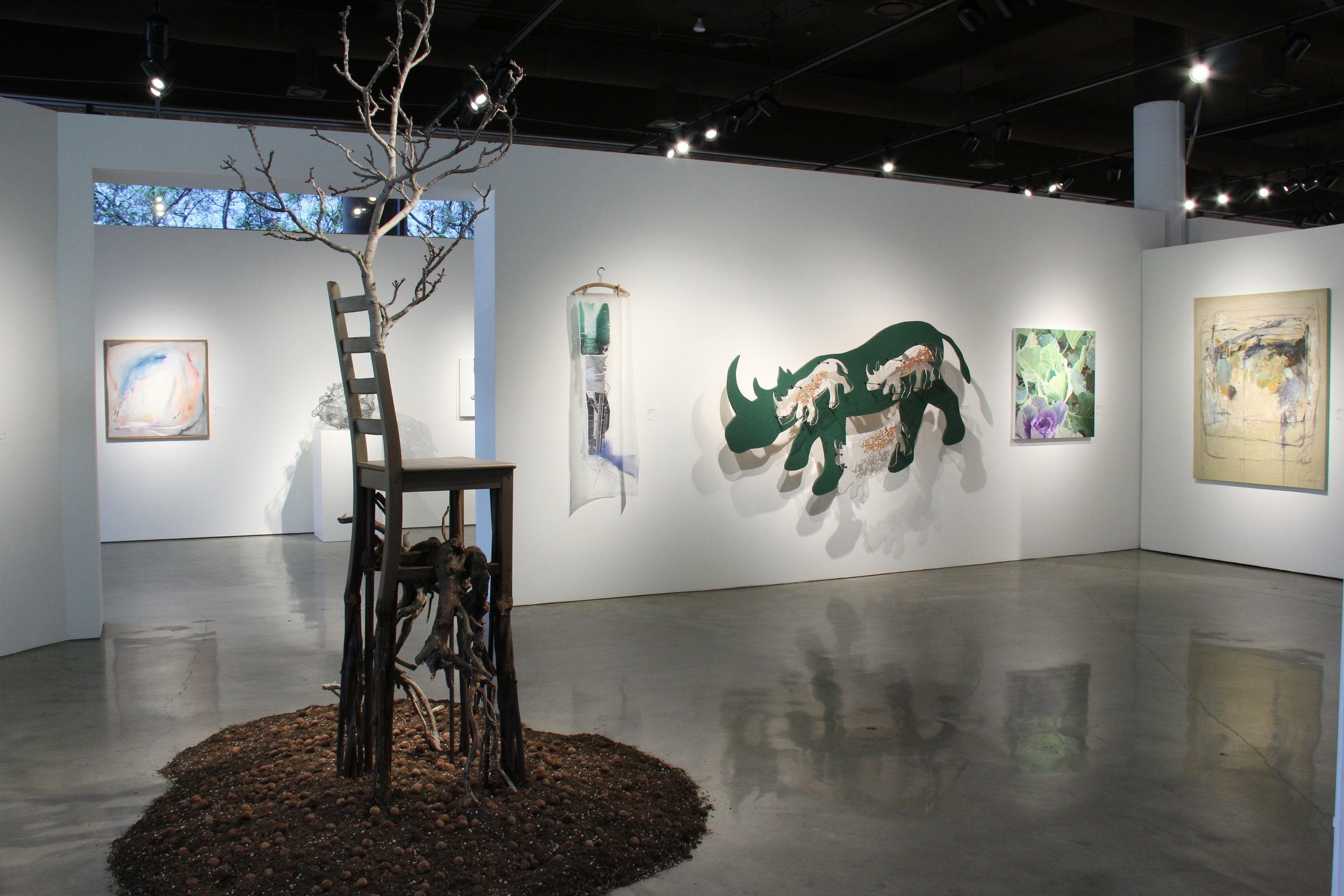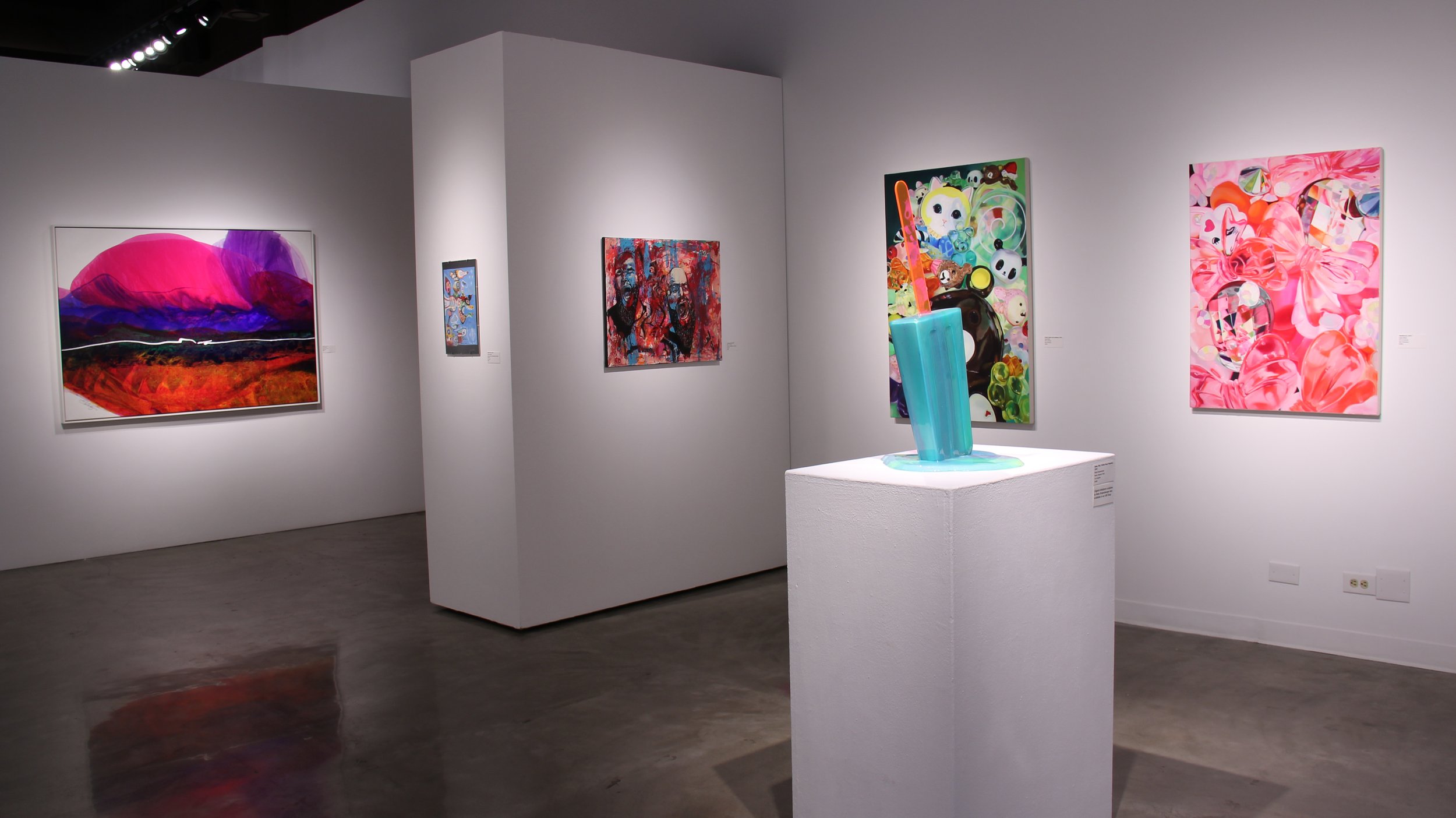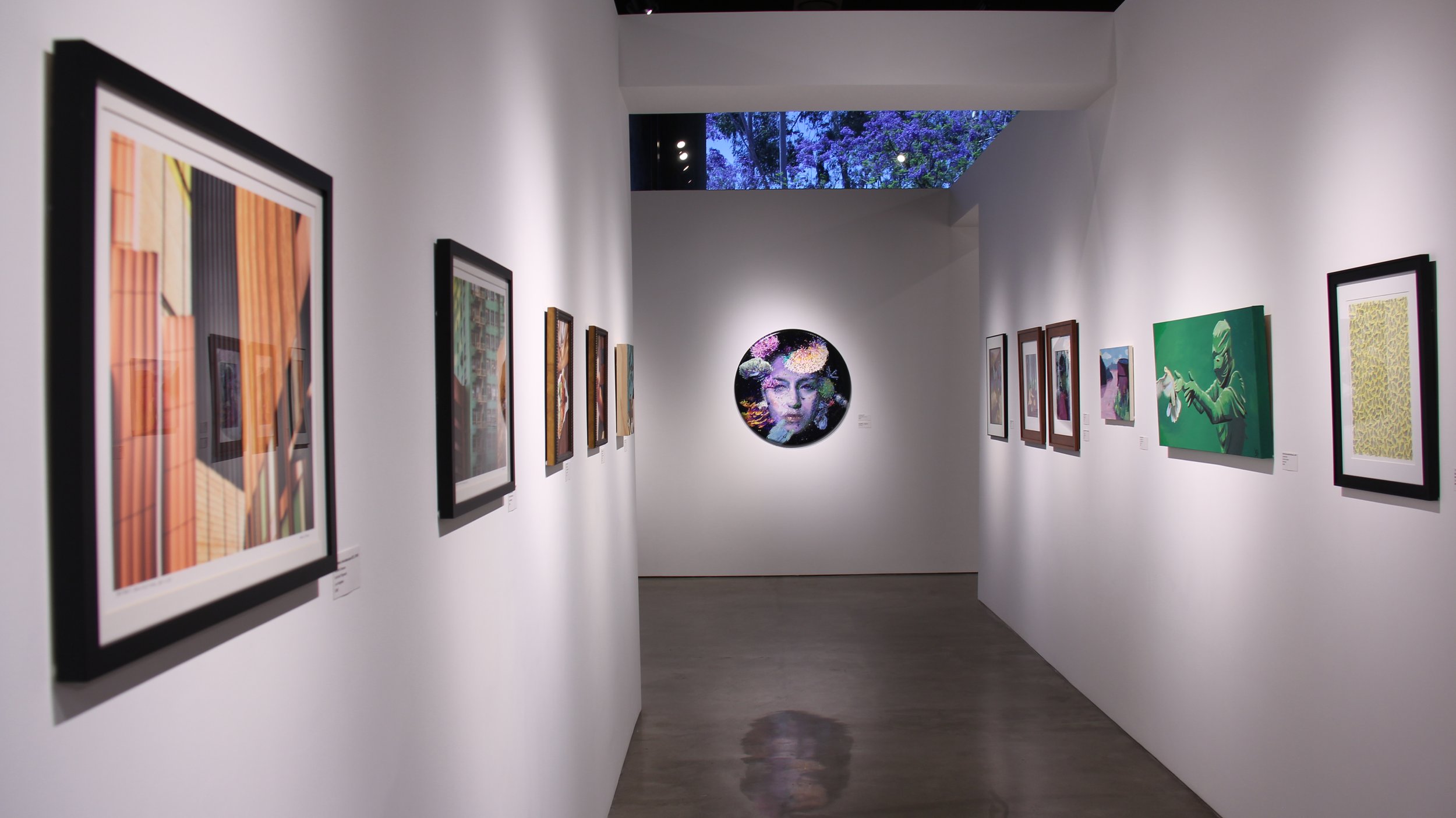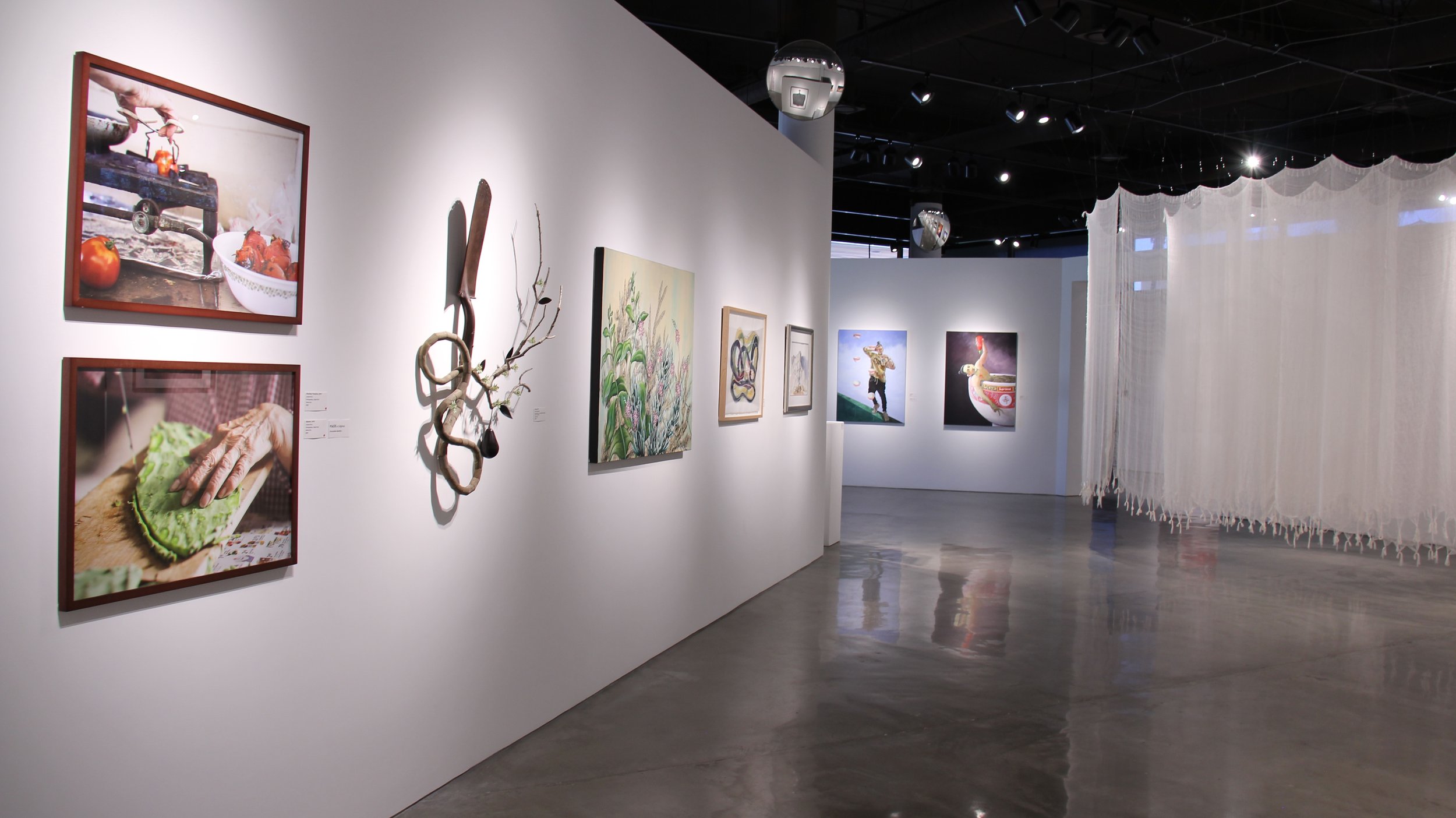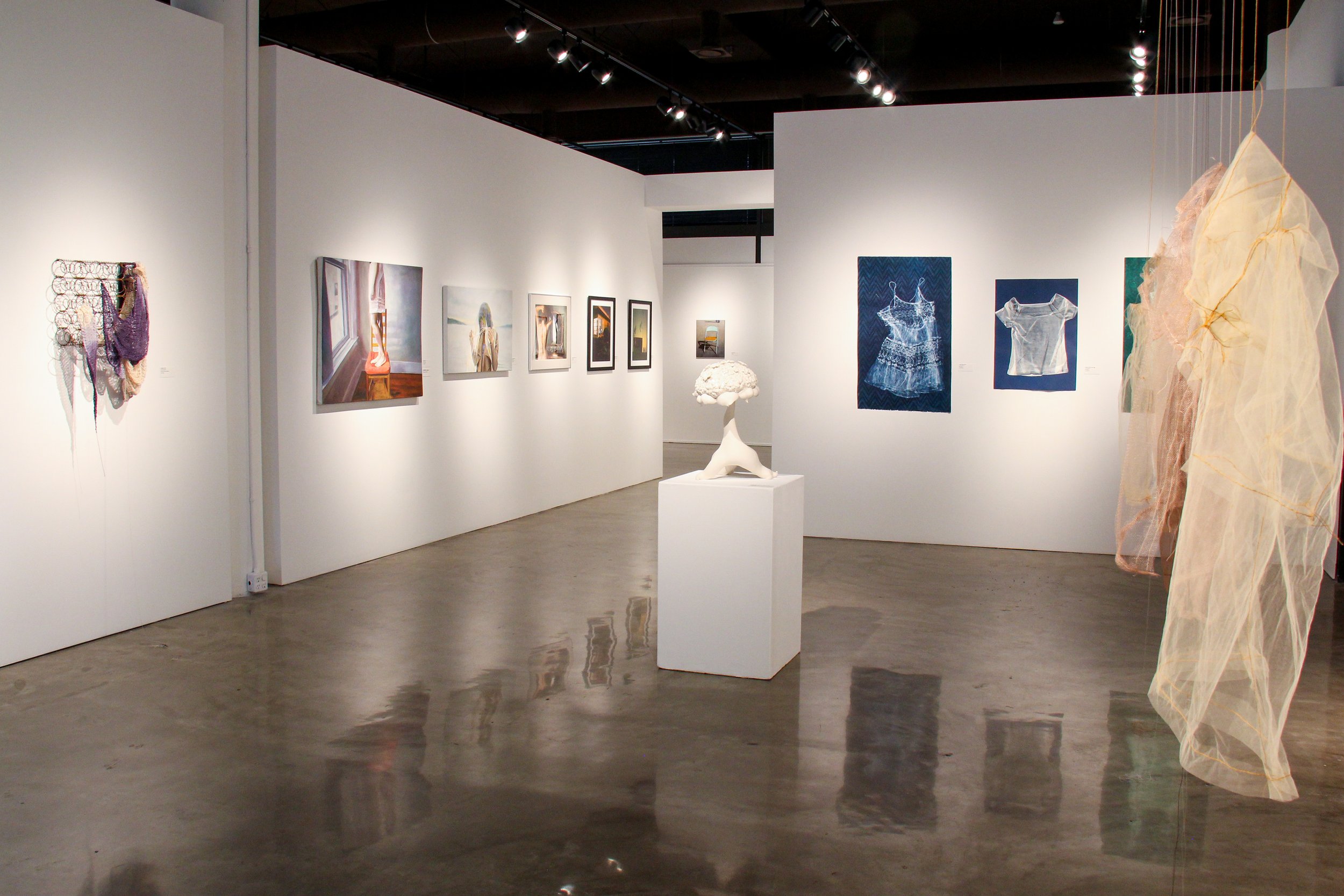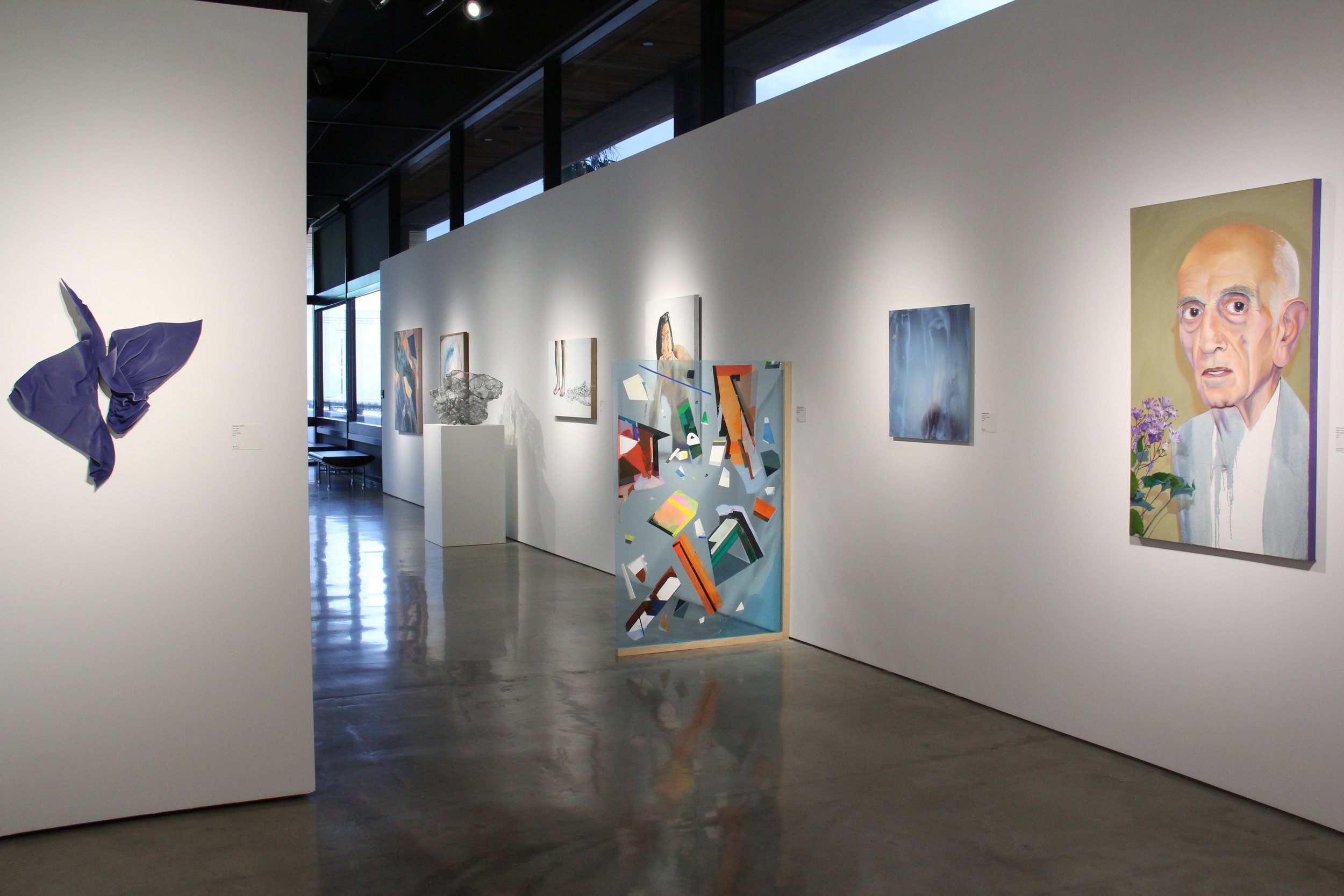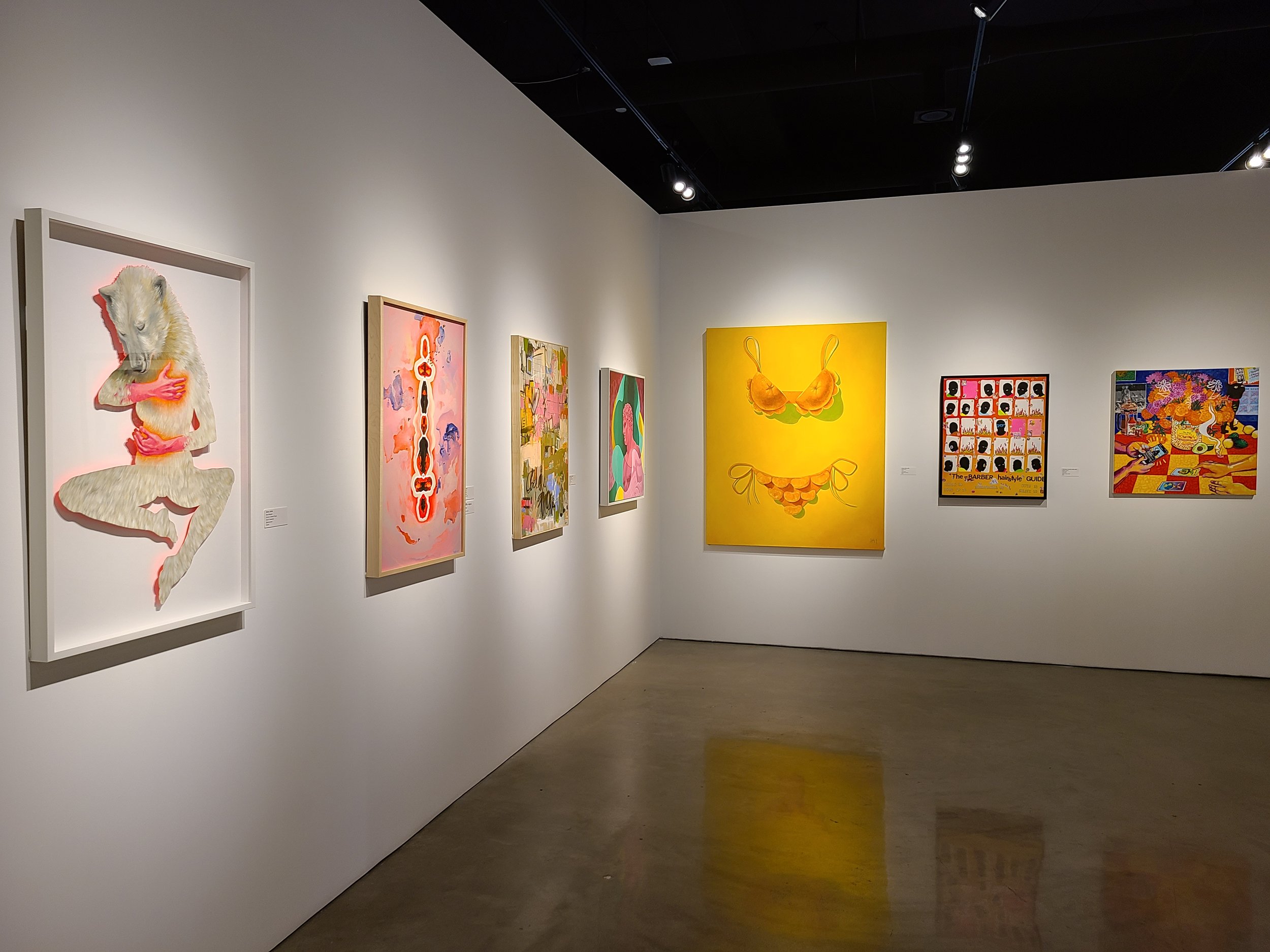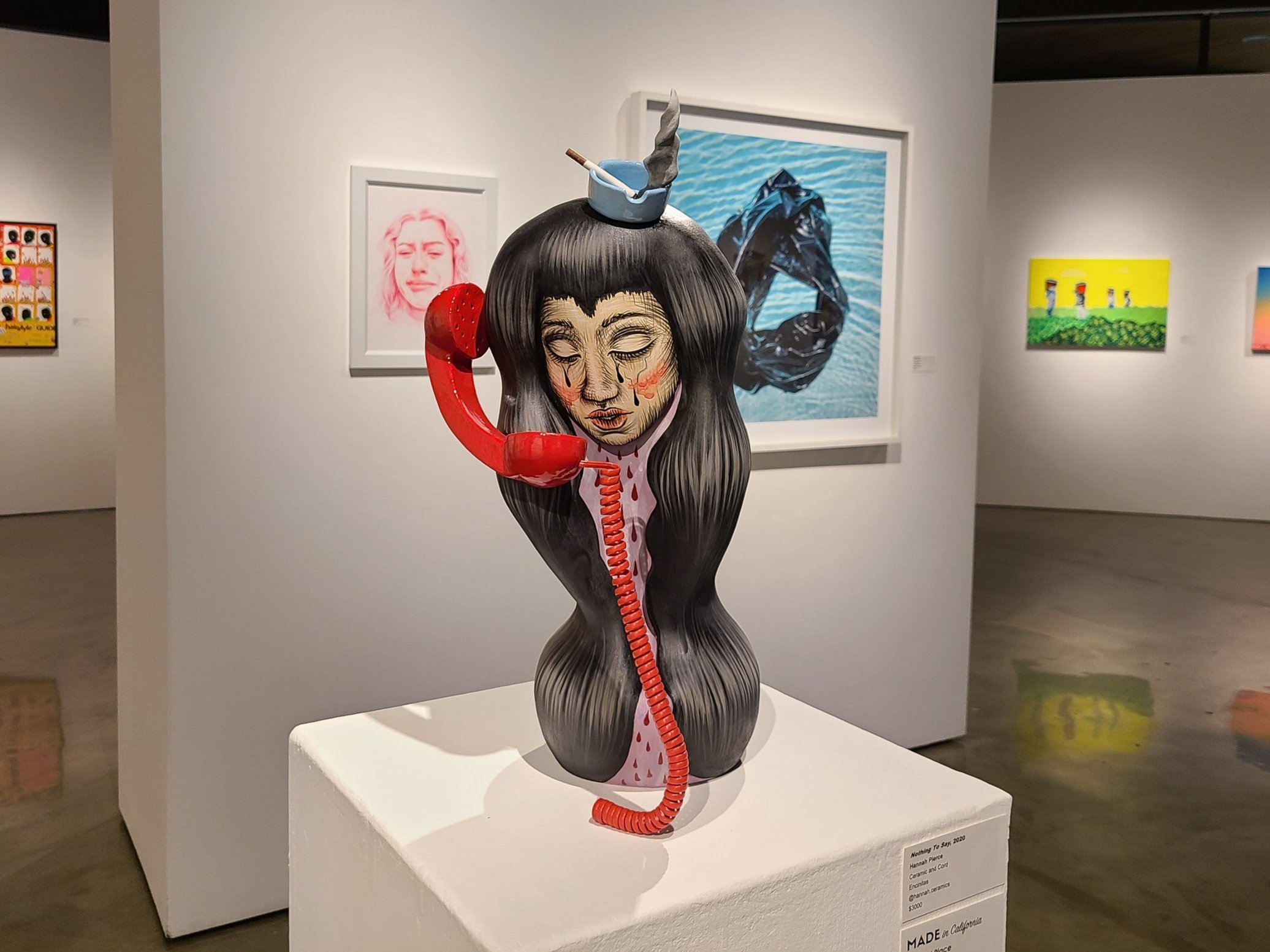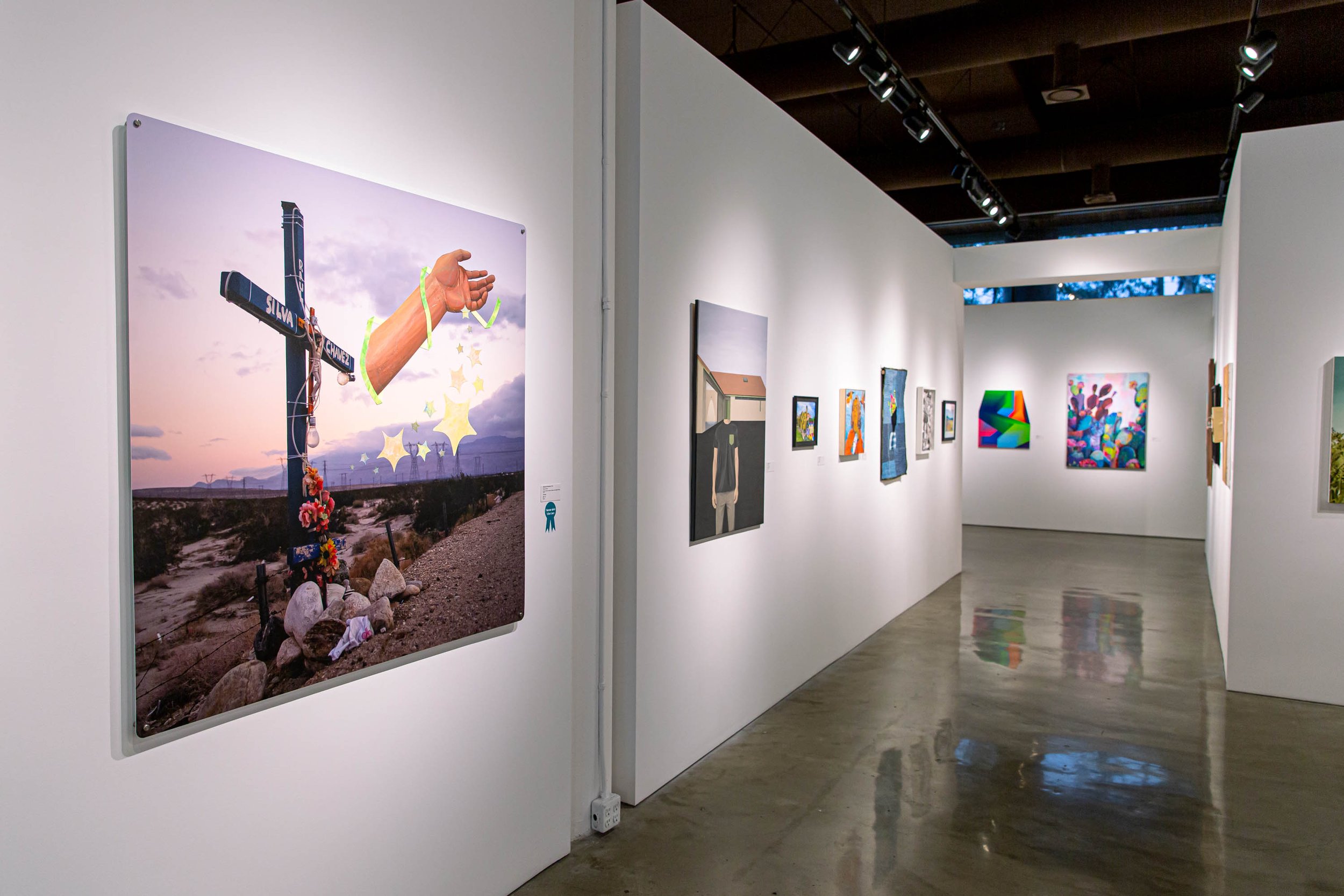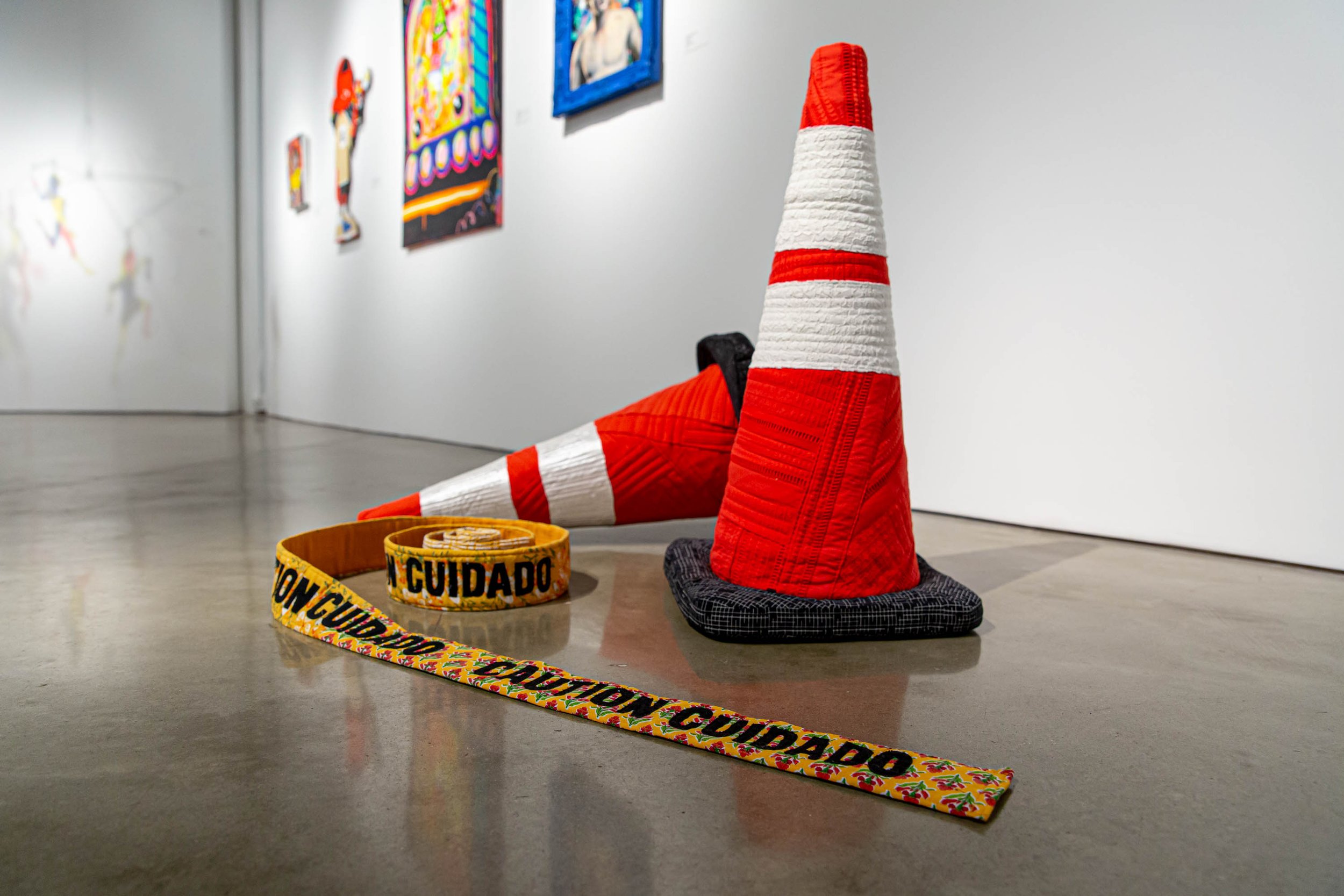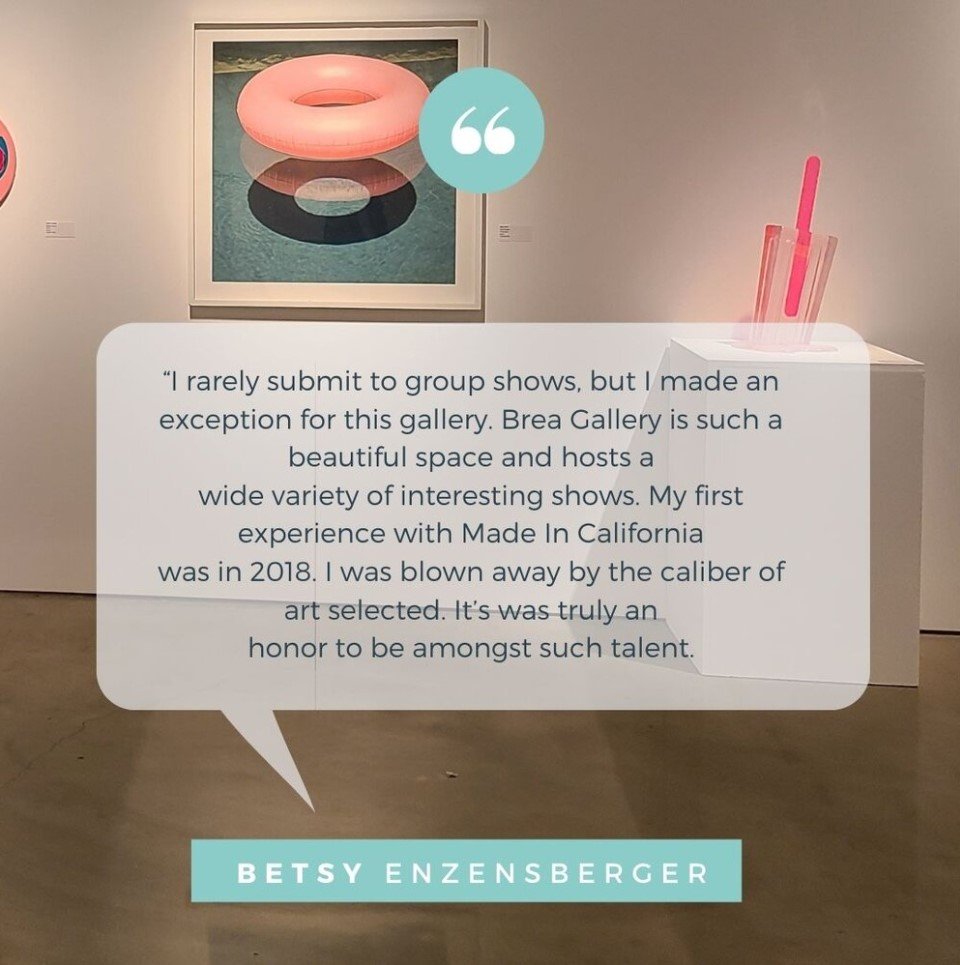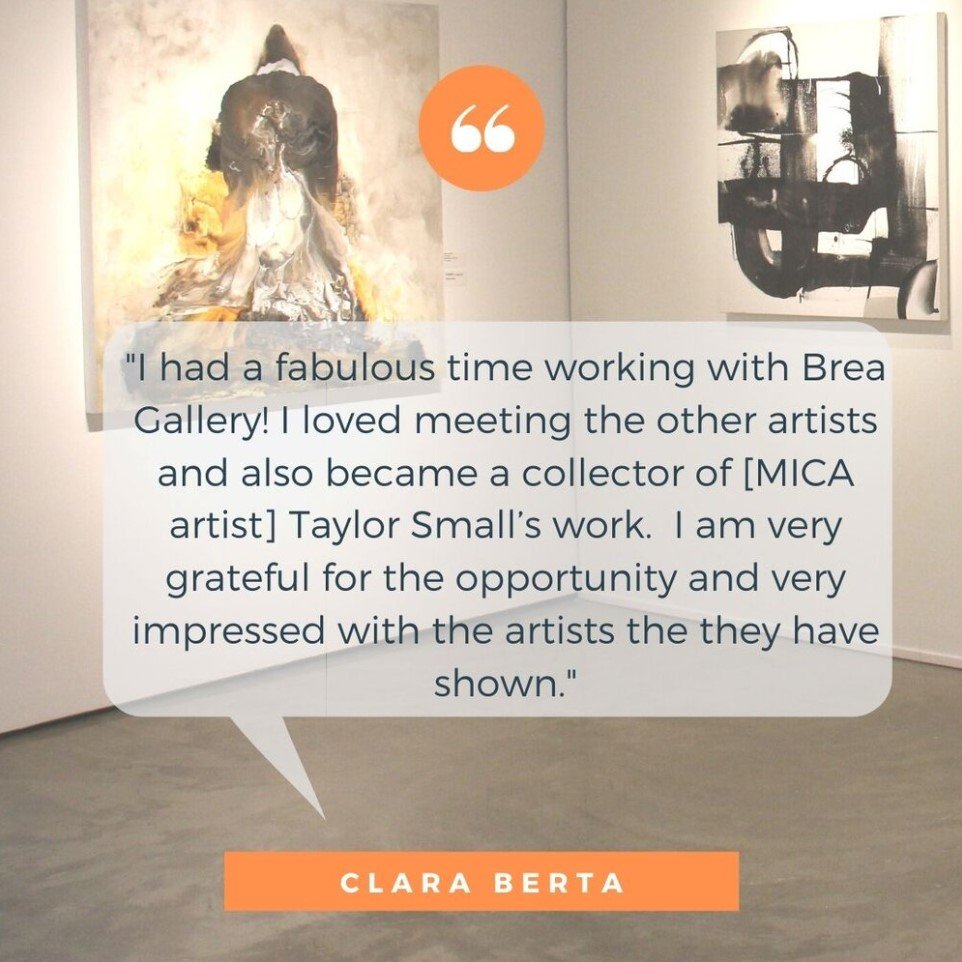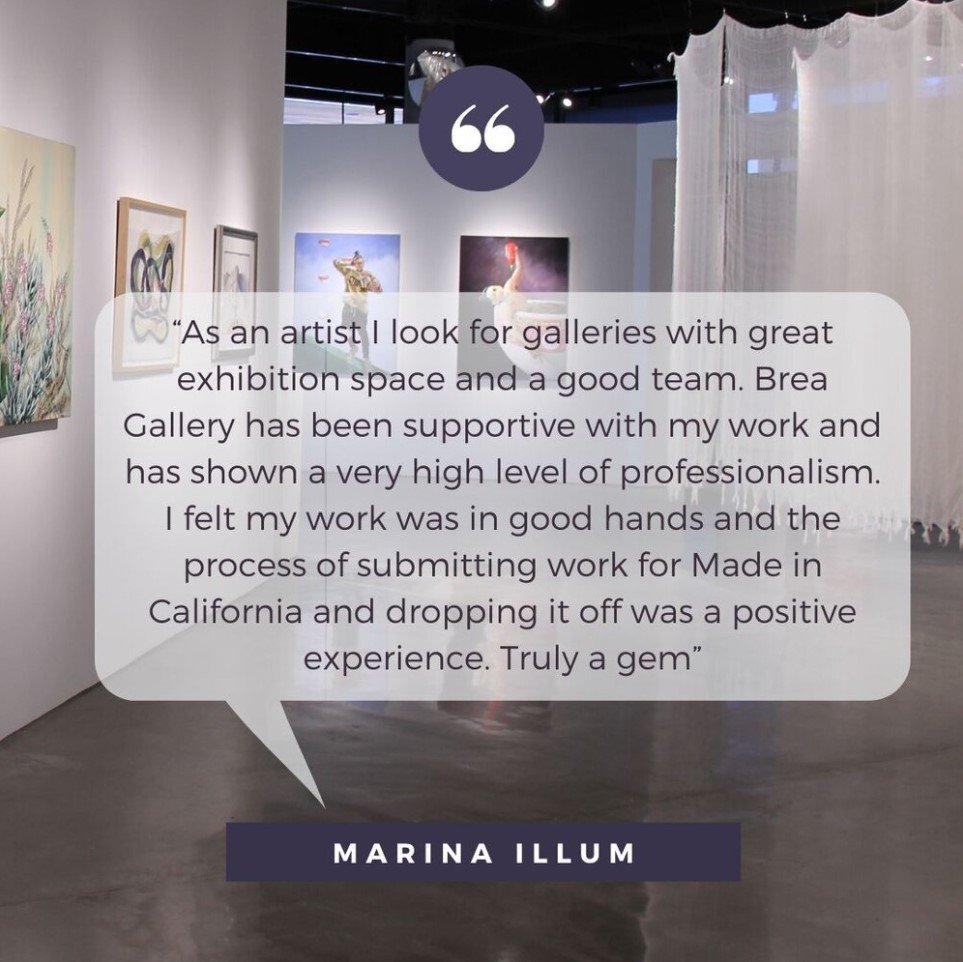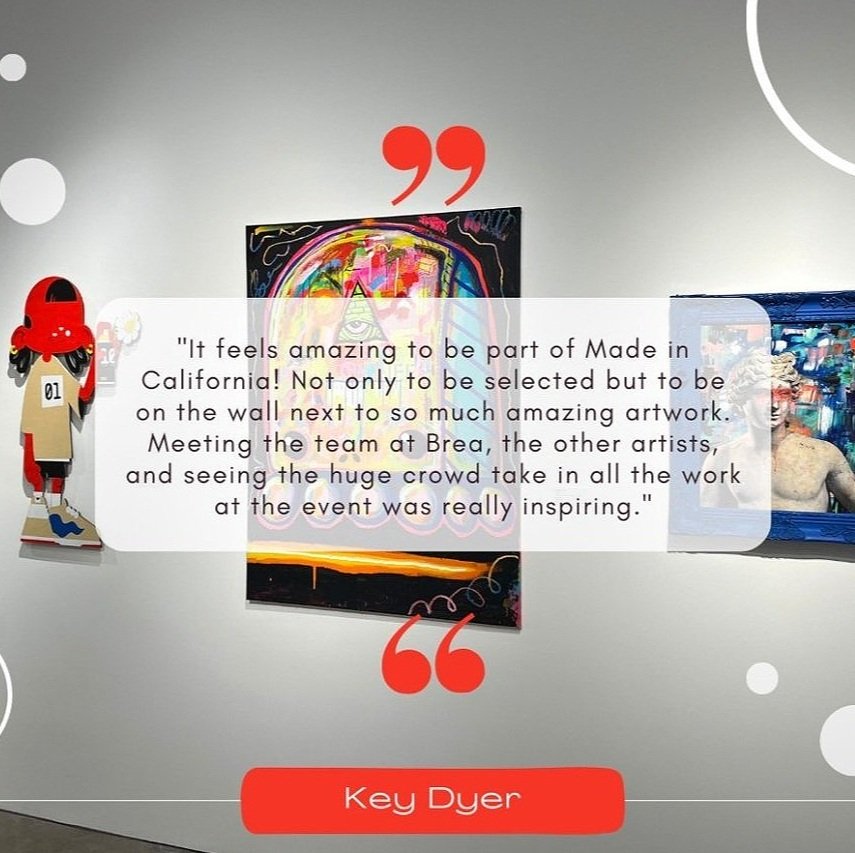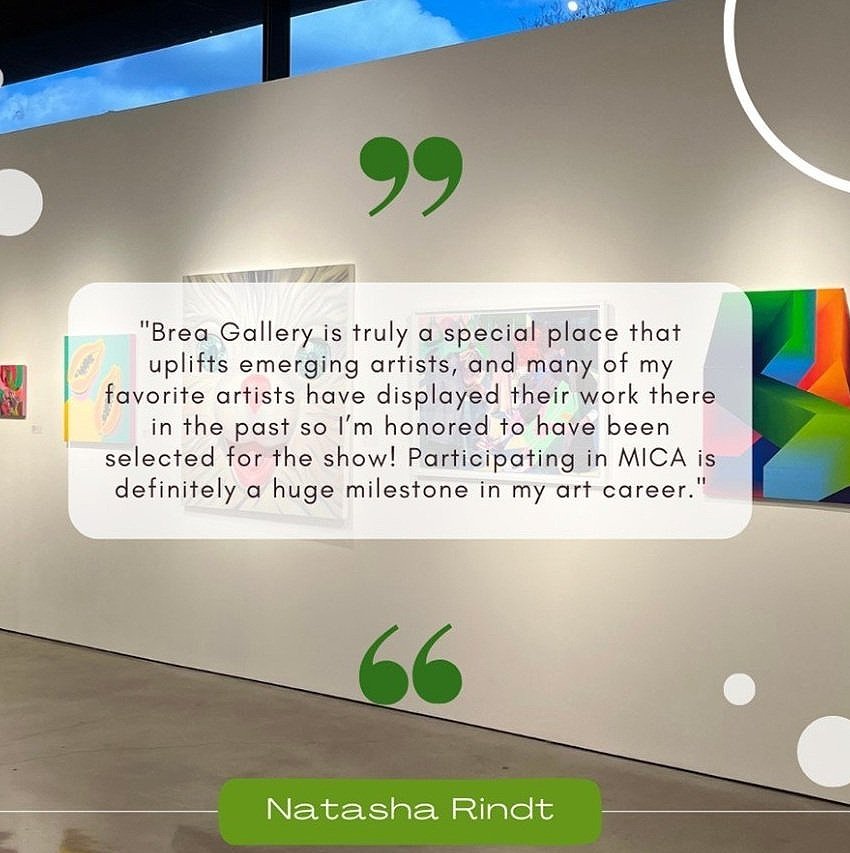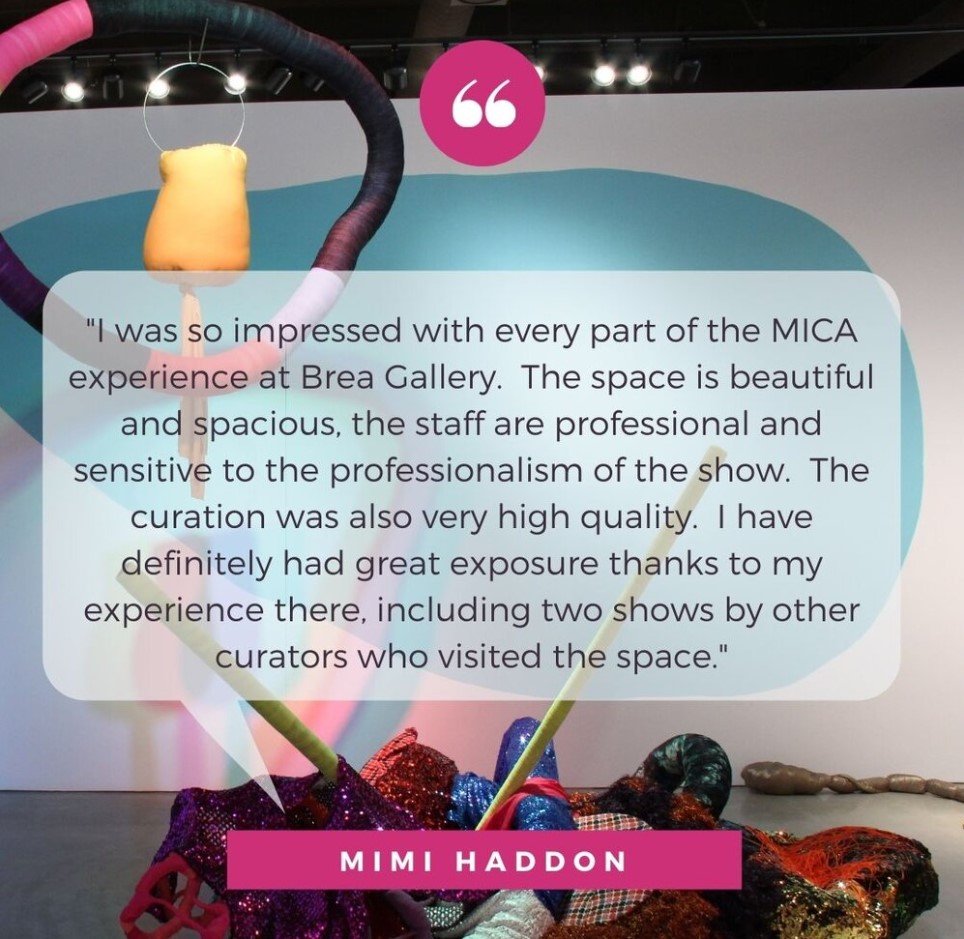MICA Call For Art - Tips for Artists!
It’s that time of the year again - Our Call For Art is now open for our 39th Annual Made in California group and solo exhibition! The deadline is February 9th, 2024 and will be juried by Dr. Megan Lorraine Debin, Director Katie Chidester and curatorial staff. If you would like more information on submitting please click this link here.
Our spring show Made in California highlights artists from all over California, in different stages of their career, age and experience. Entering our call for art also offers artists a chance to compete for a number of cash prizes, as well as the coveted solo show opportunity. Every year we feature artwork from an extensive variety of mediums and explore creative movements happening in California.
Over the recent years, we have seen an increase in submissions and artists interested in being featured in Made in California. It can be a real challenge in selecting the best artworks, however our jury takes careful consideration in reviewing all artists submissions. Next year is right around the corner! Are you prepared to submit?
How can I best be prepared?
Whether this is your first time applying for Made in California or your second try, here are some tips our staff has collected that can be applied to any call for art that we deem important for all artists to be prepared with!
1. Take clear photos of your work. (Remember professional images would be useful for your website and more in the long run!)
Taking photos on your phone can definitely work to document your art piece, but taking images with a higher quality camera would be useful for many things such as: Instagram, your website, buyer inquiry, CV and online galleries. Especially if you are a ceramic or sculpture artist— getting a plain, clean background is so essential to putting focus on your art piece with no distractions! Paintings need proper lighting as well, and natural lighting can bring out the colors as best as possible compared to the dim lighting a lamp can provide.
2. Do your research on the curator and jury (Know who is seeing your work and what to expect)
It will be very helpful to do your research on who is viewing you art, not only to see where you artwork fits in their search, but also learning where their background in the art field comes from. It’s important to note that the juror will be evaluating your art on a scale, which would include (but not limited to) the prospectus, aesthetic, presentation and overall group composition. Every juror/jury isn’t going to be the same, but at least knowing where their expertise lies could help in preparing your artwork for your submission!
3. Artist statements help us get to know you, so don’t create a wall (of text).
As artists as well, we know how hard it is to write an artist statement. Words can get lengthy and you can indeed get lost in the sauce (or process, I mean) when explaining yourself, but that is why we encourage you to get others to read your statements before finishing it up! Artist statements help us get to know the artist behind the work, while also shining light on their current focus in their work or the inspiration of the piece itself. We want to know who you are, what your inspirations are, and what matters to you.
4. Speak personally or speak on something that got personal to you.
Inspiration for your art can literally come from everywhere, but that means deciding what your art should be about can be difficult. The art block is real!! Creating art on something personal or deeply meaningful can have a profound impact, not only on the art world, but also on us as individuals unaware of all the complexities going on in the world. We as artists can break these boundaries that words alone often fail to fully capture, while also showcasing amazing skills to connect people on an emotional level.
5. Get inventive, get creative, get experimental. Risks are worth taking as an artist.
Why stick to one medium when you can have them all? We can definitely learn from the fundamentals of art and use it properly, but there shouldn’t be limits on making art! Some of the most successful artists have earned their way by experimenting with their art and seeing what works best for their practice. And even if things don’t fully come together like the original vision, the practice will be useful for future art pieces! Don’t settle for the simplicity, get inventive and go experimental.
6. Don’t be scared, go BIGGER!
We love work of all sizes! But here at the Brea Gallery we are fortunate to have over 6,000 square feet of exhibition space, with 10 foot walls. We know it can be intimidating looking at a large canvas (or sculpture), but think about how cool and powerful your vision would look on a larger scale. Don’t be shy about submitting pieces that may have installation limitations. All sizes are beautiful!
7. Frames are expensive, but it’s worth getting the right one that isn’t going to distract the viewer from your work!
Picking the right frame can be tricky, but picking one that doesn’t distract the viewer from your work is the most ideal. Artwork with beautiful framing will catch the eye of someone who can totally picture your piece hanging in their space! Art buyers will appreciate not only your time in making your art, but also the amazing presentation that they will now be able to show others. ALSO! Frames are not required at the Brea Gallery. We often hang with magnets, nails, and other types of hardware. Only frame if you want to!
8. Is your platform ready for networking? Set up those links asap!
Participating in Made in California or any call for art, you have to be ready to network yourself! This includes the following:
An Art Instagram - do you have a way for others to see your work online separate from your personal updates?
Your own website - do you have a running website that includes your work (old to recent), artist statement, artist CV and contact information?
Link tree - do you have links available on your Instagram to help us find your art in other places (e.g. website, etsy, youtube, articles, newsletter, etc.)
Having these three things ready will help you be successful in meeting other artists, directing people in knowing where to find you and having a way for people to contact you!
9. Get organized and stay on top of those emails!
This is very, veryyyy important. Be on top of your emails. Organizing your inbox by category might help if you use that email for many things, but definitely keep an eye out after submitting for any call for art! Once you submit for Made in California, you can expect emails from us regarding your status on acceptance and future opportunities to work with us. We also like to reach out to artists after the exhibition opens for networking opportunities like artist takeovers, blog interviews and story features. Don’t miss out!!
10. You are the artist. Take pride and have fun!
And finally, take pride — You. are. the. artist. It’s a rollercoaster trying to pave your way in the art world, but take the small accomplishments (and the big ones) and keep the momentum going! Easier said than done right, but nonetheless art is ever evolving and we need more artists like you to keep the fire burning!
Feedback from previous accepted artists on their experience in being part of Made in California.
Good luck artists! ☘️ We hope these tips were helpful, and can be used for your future submissions to Calls For Art and Made in California! For more information on submitting to Made in California, click this link here. For more information on our guest juror for Made in California 2024, click the link here.



